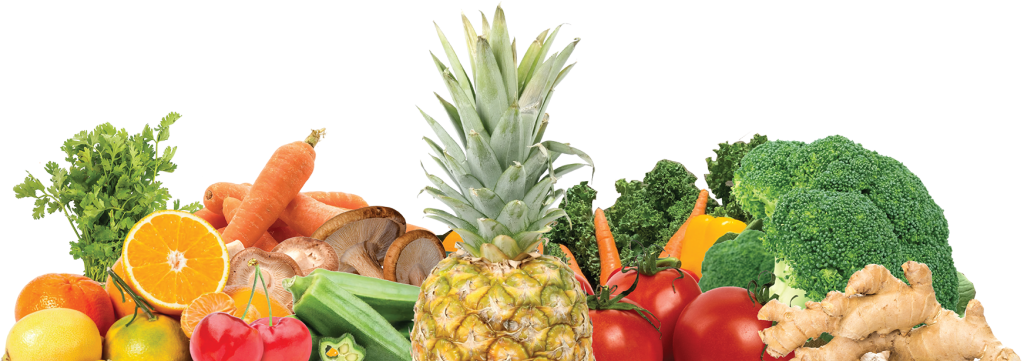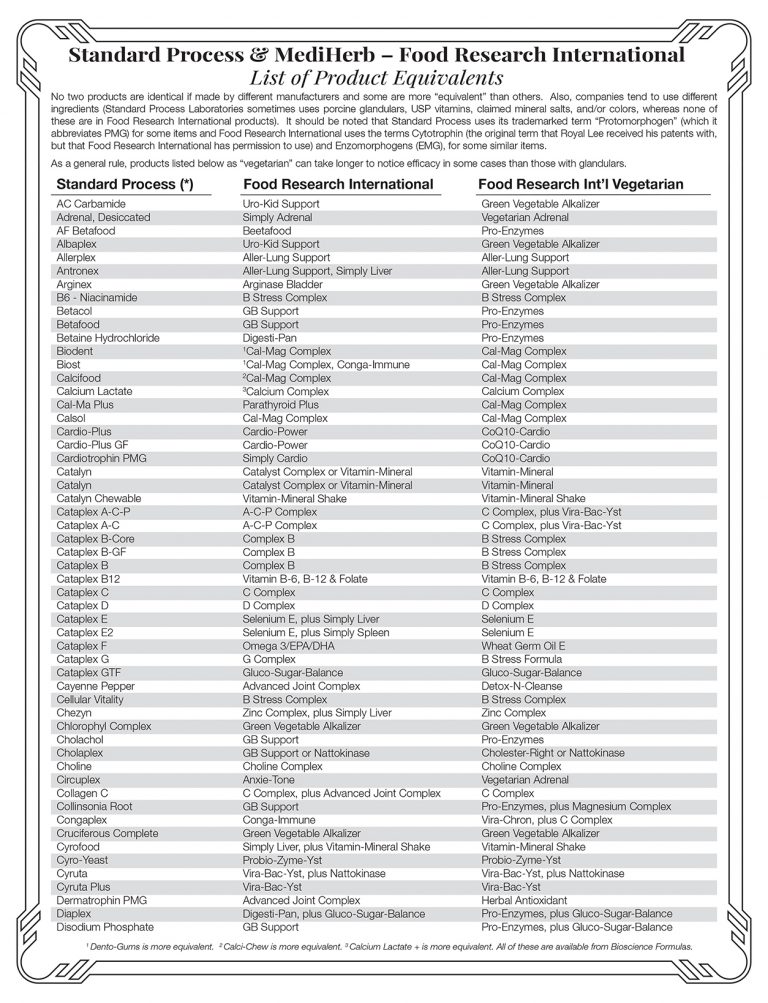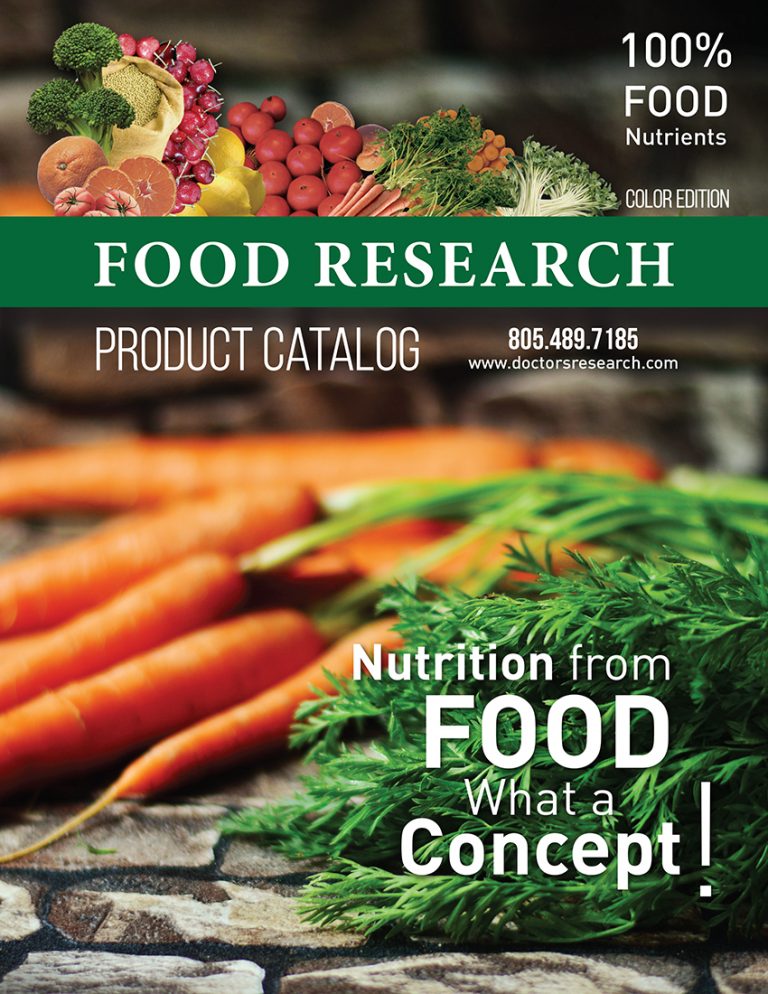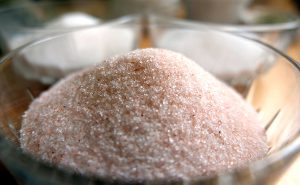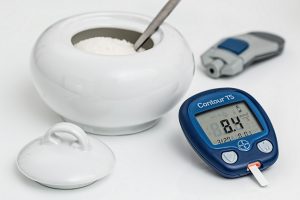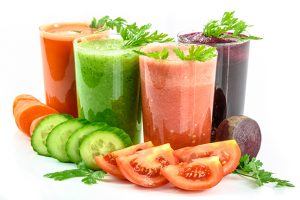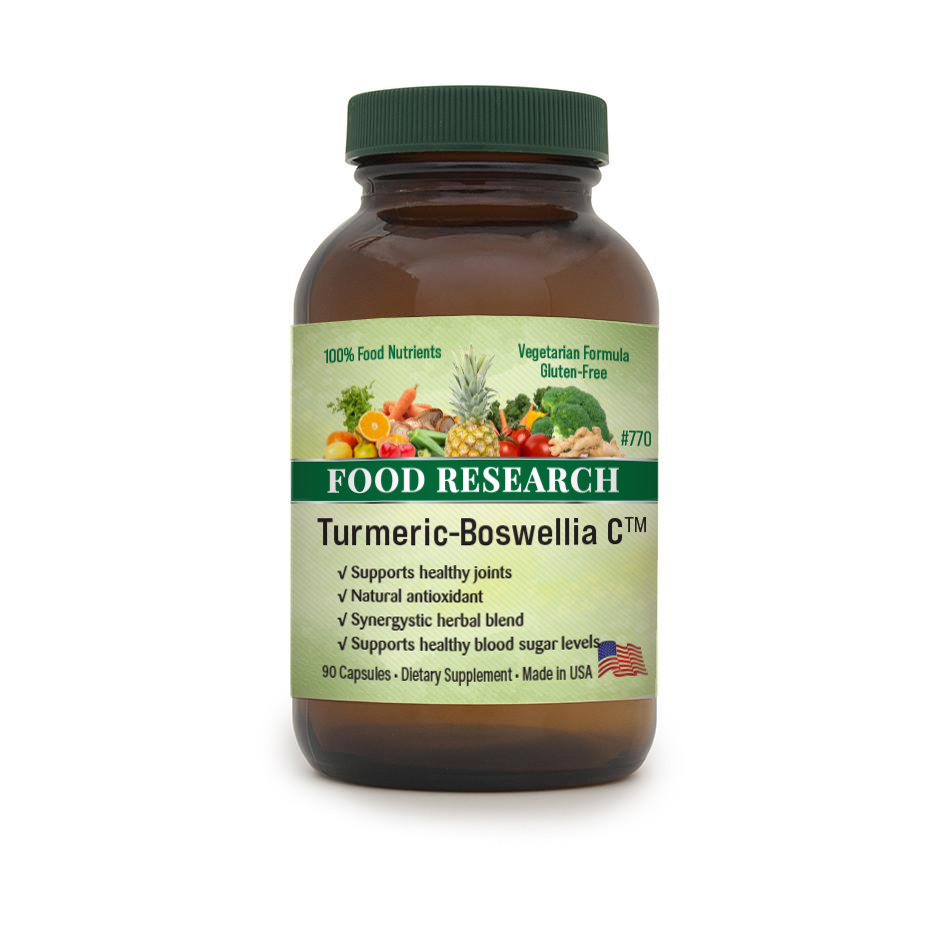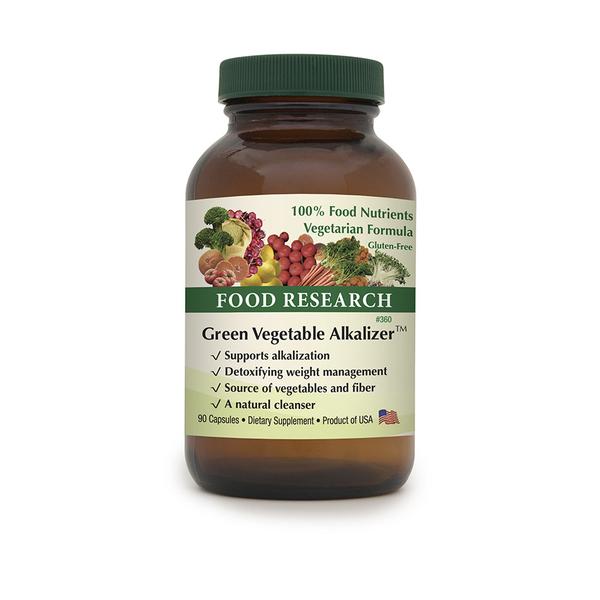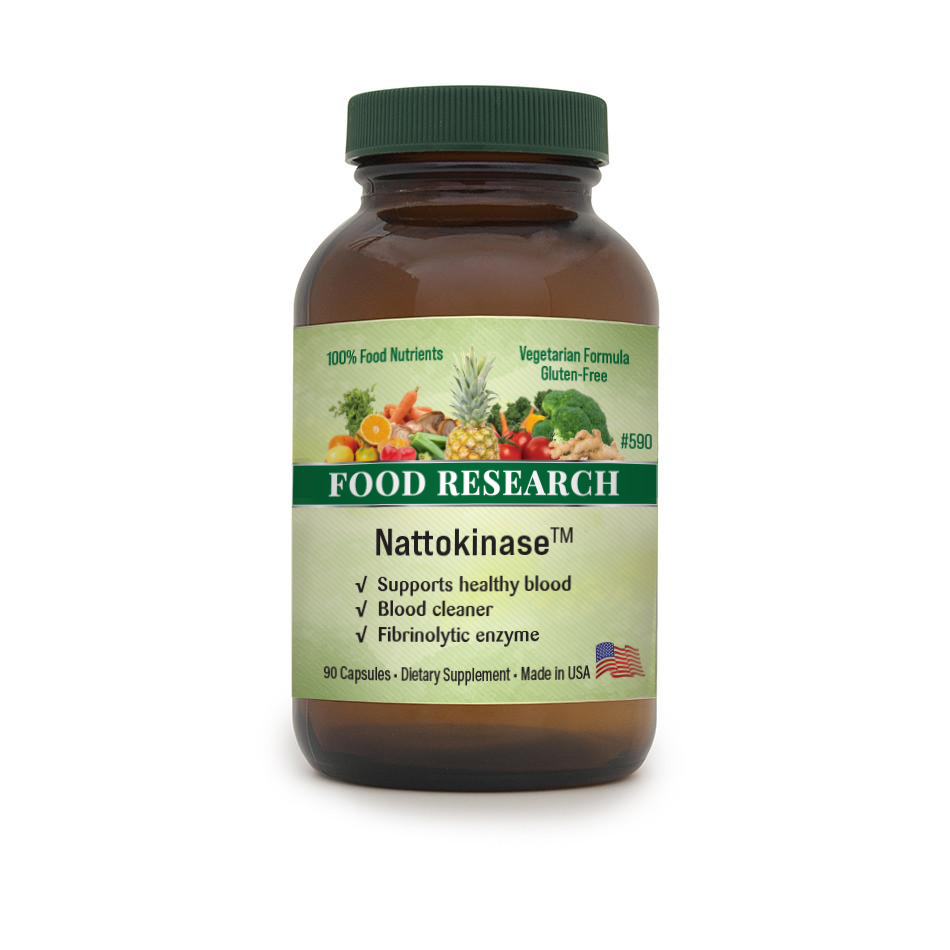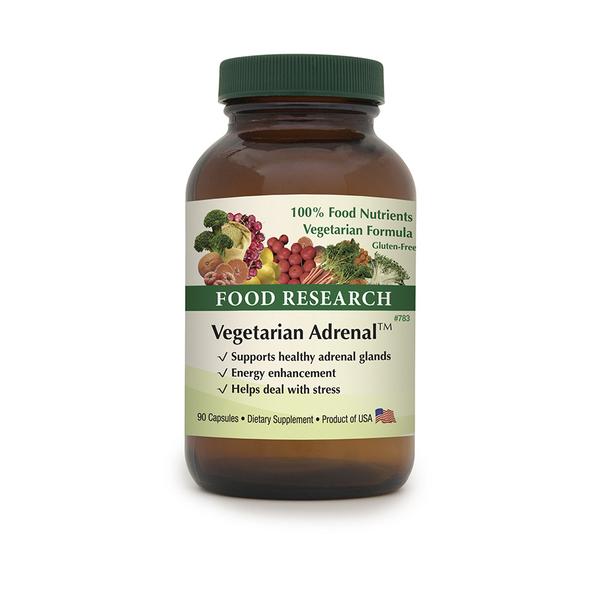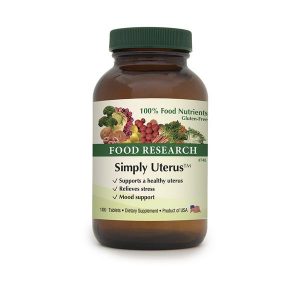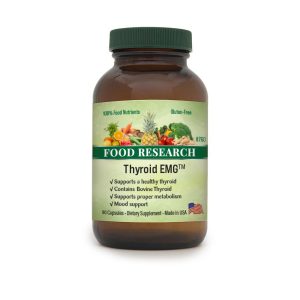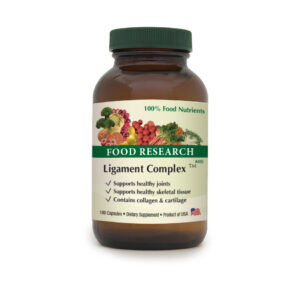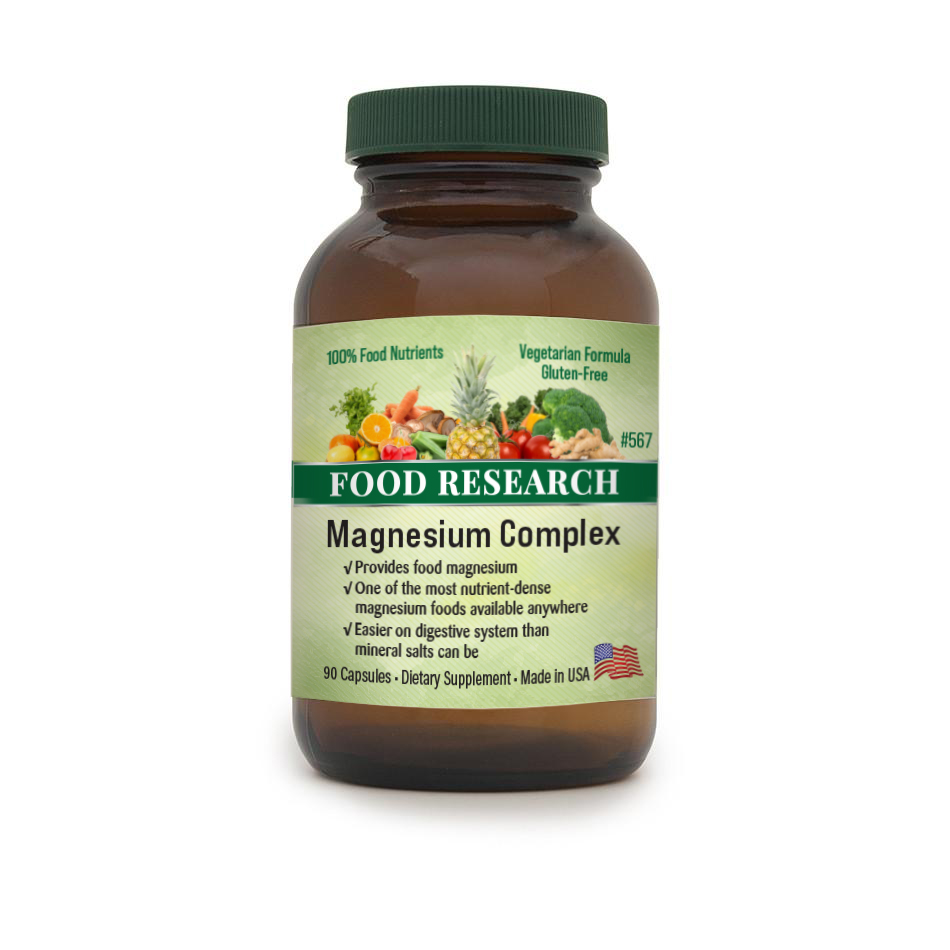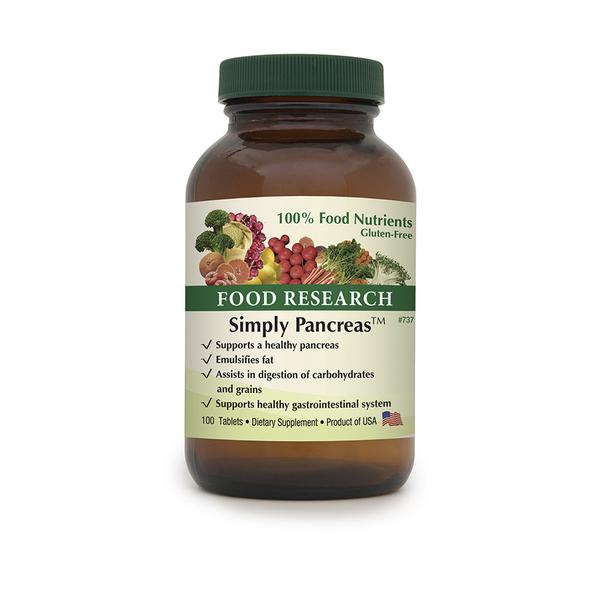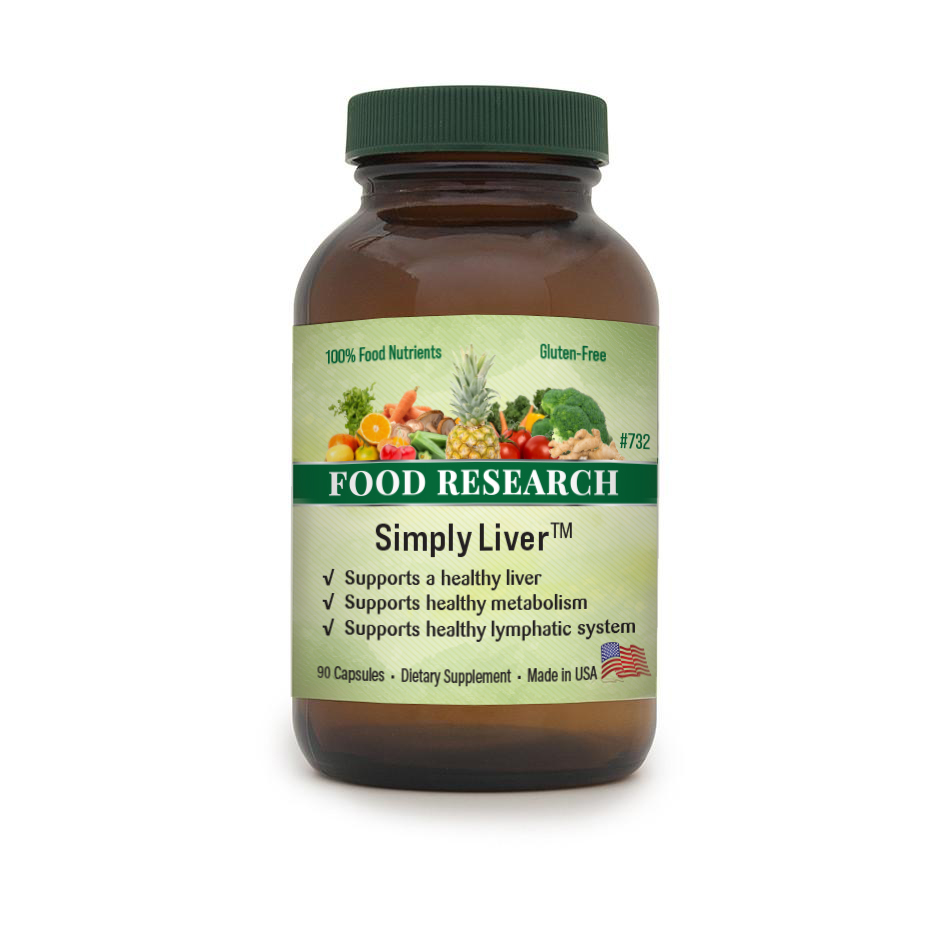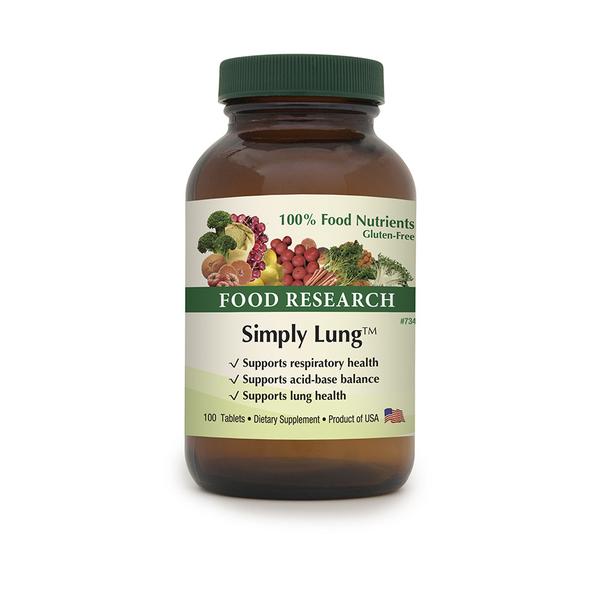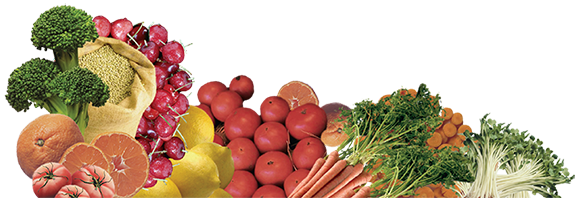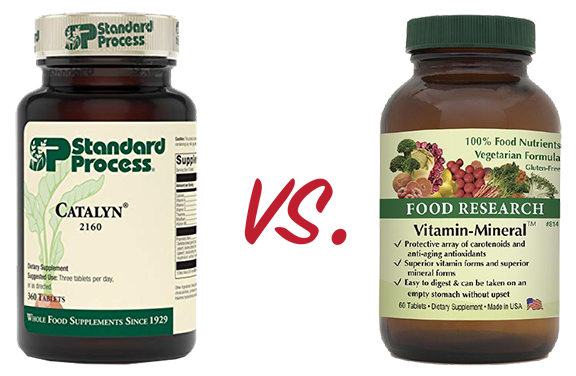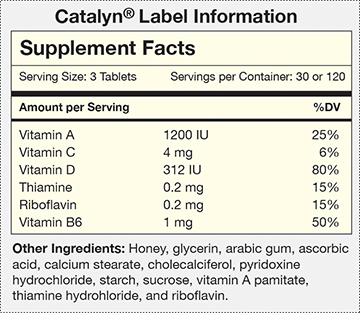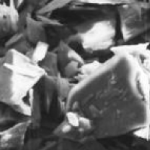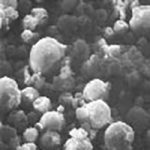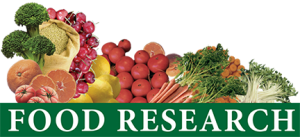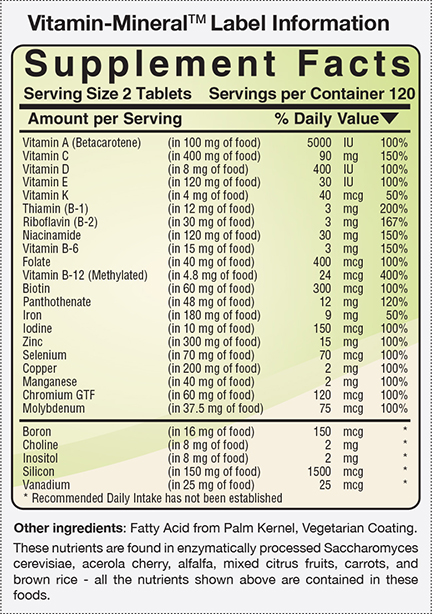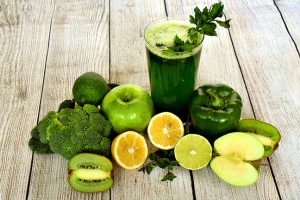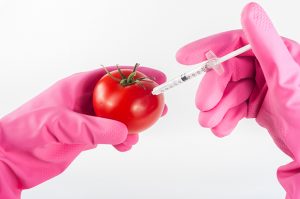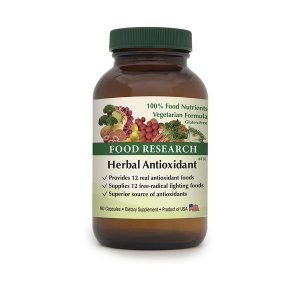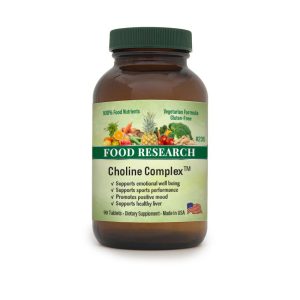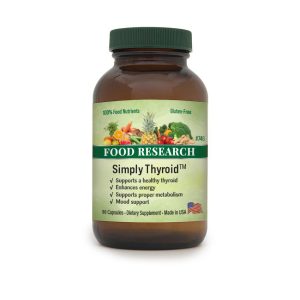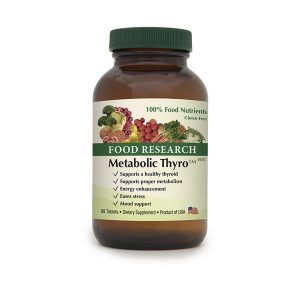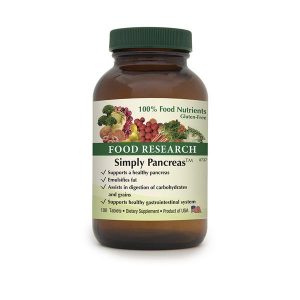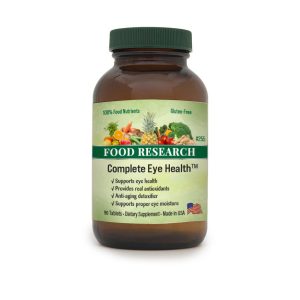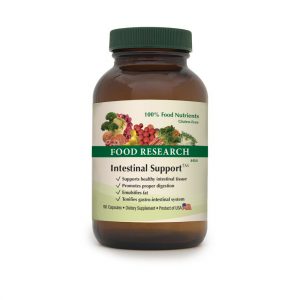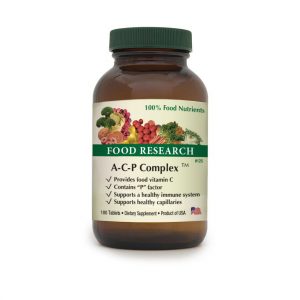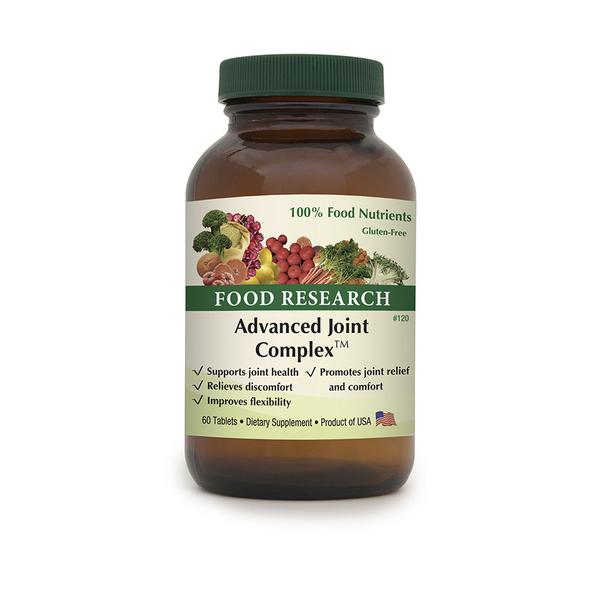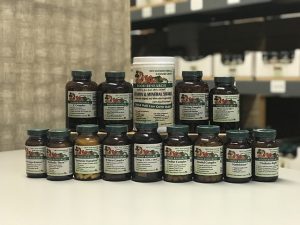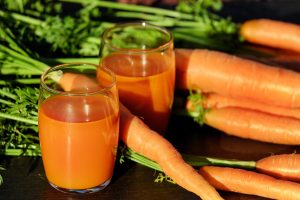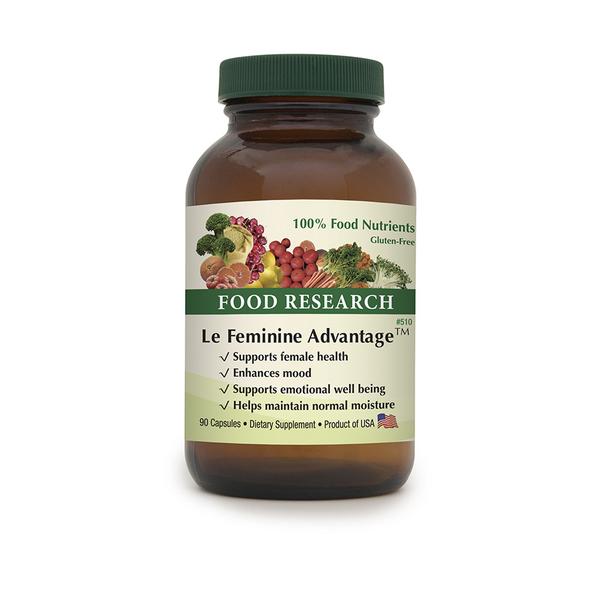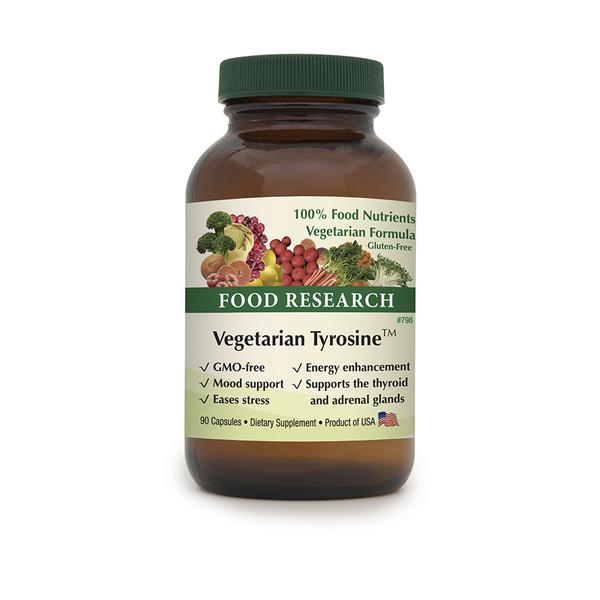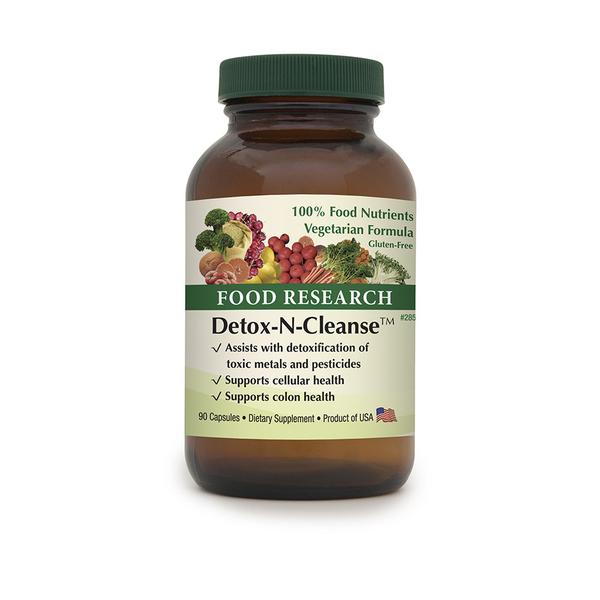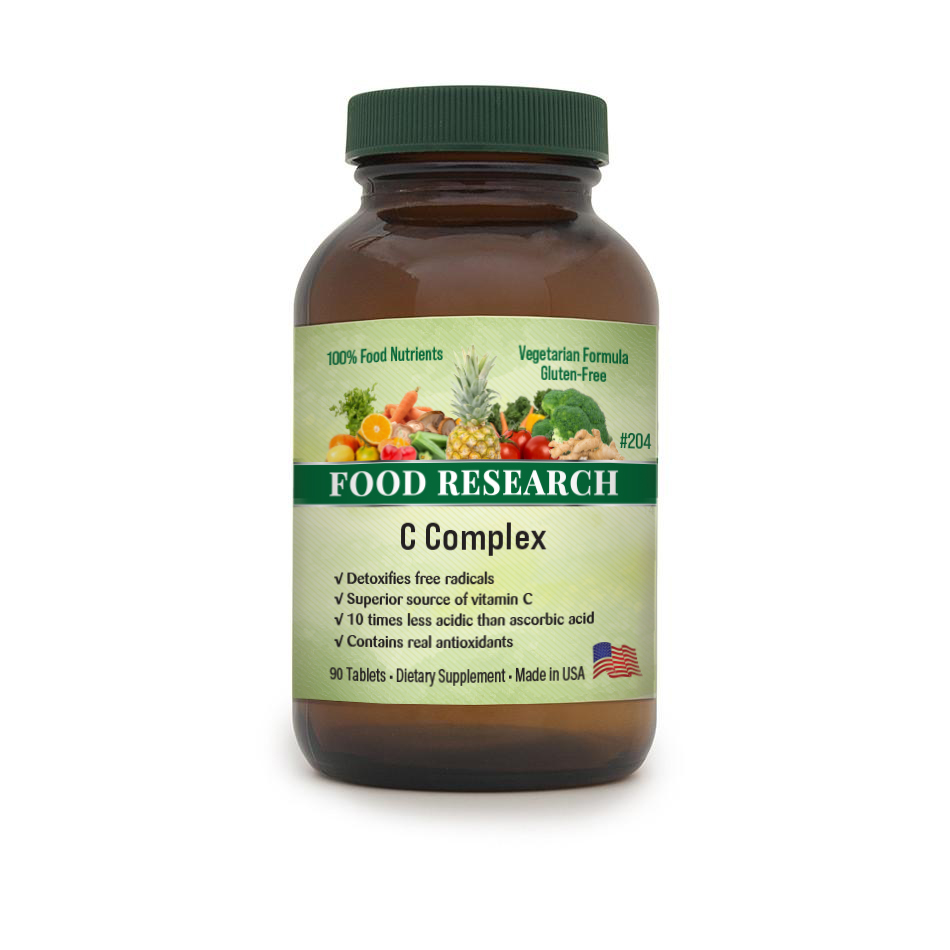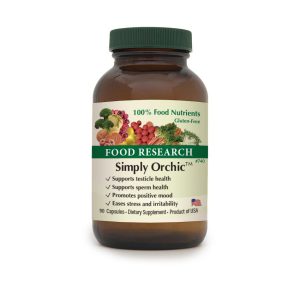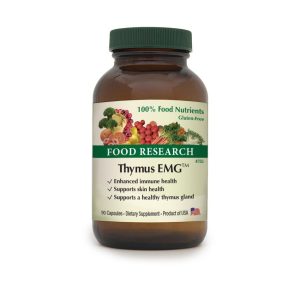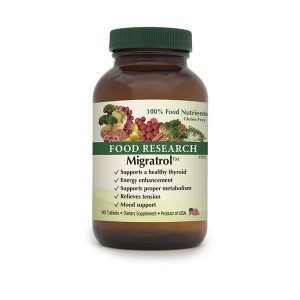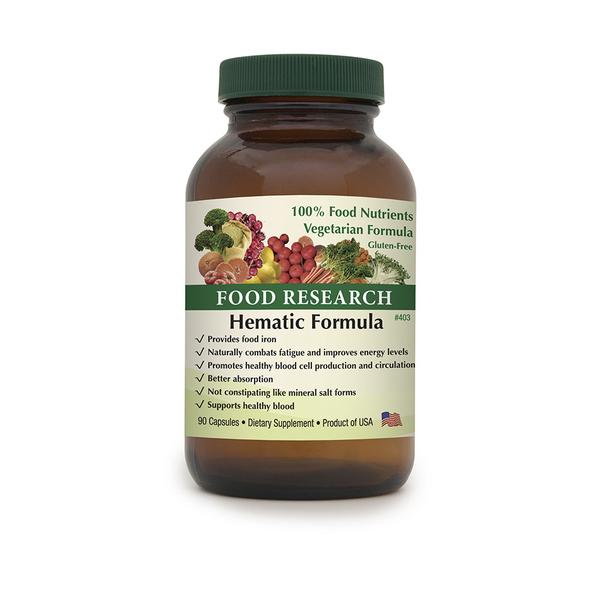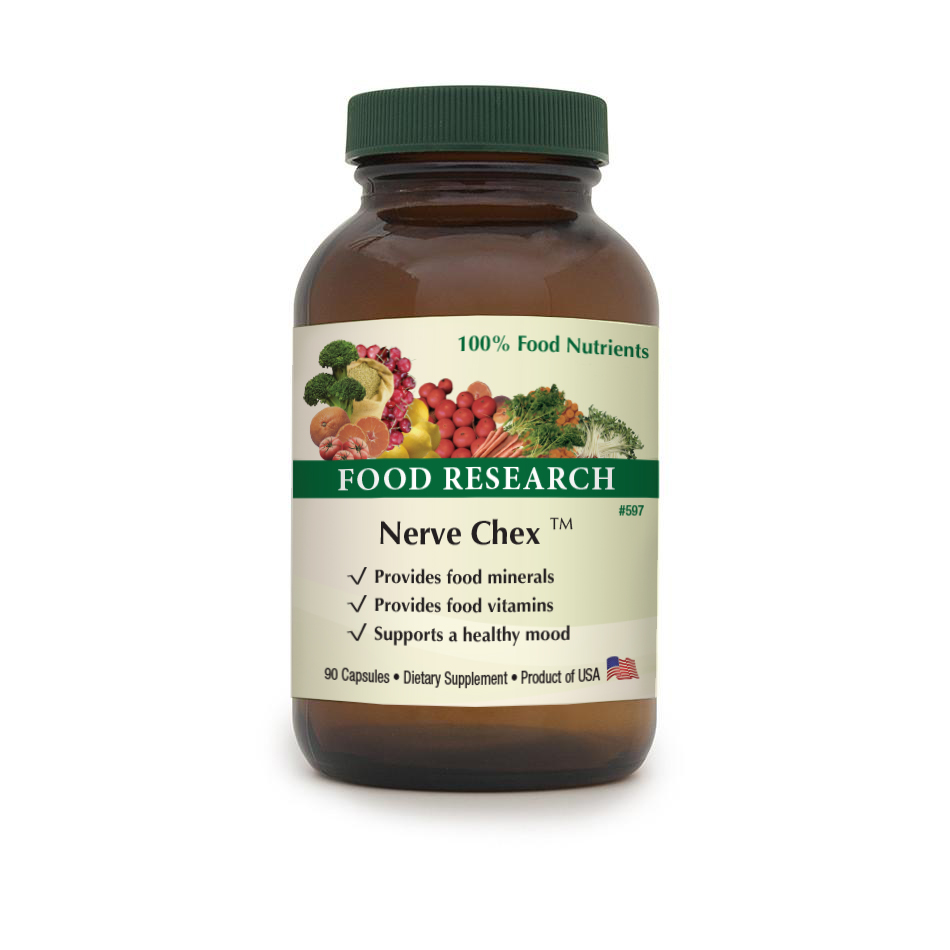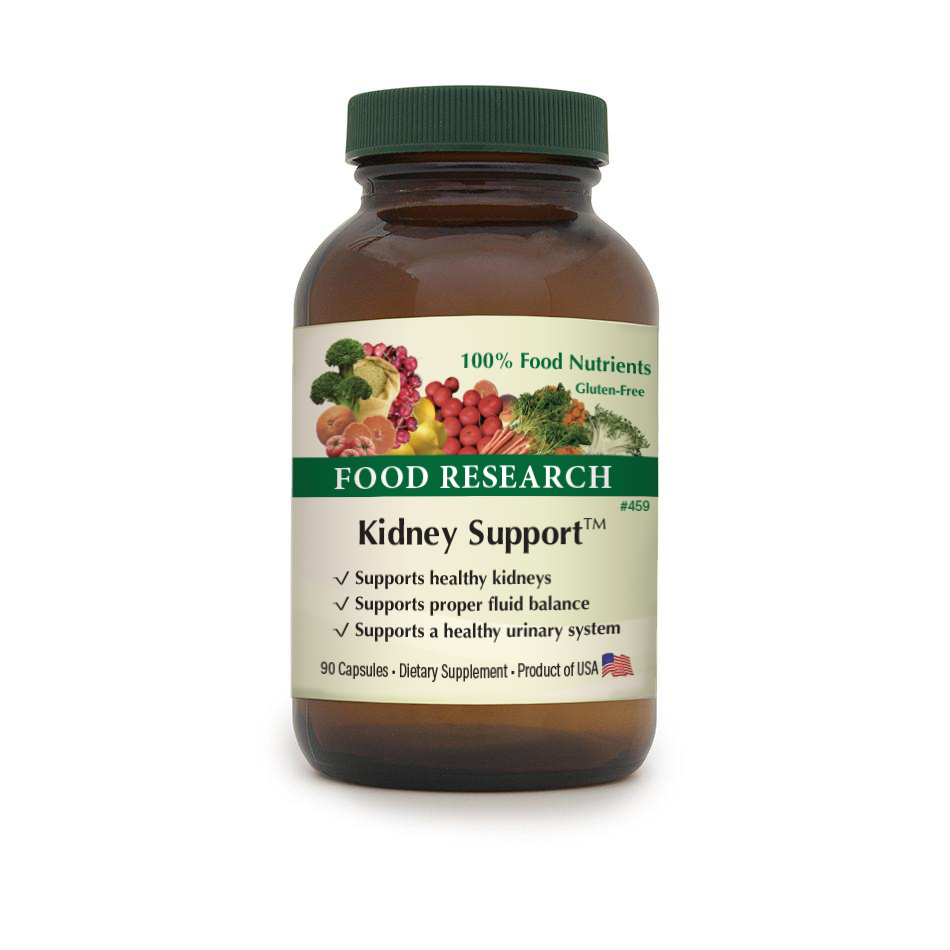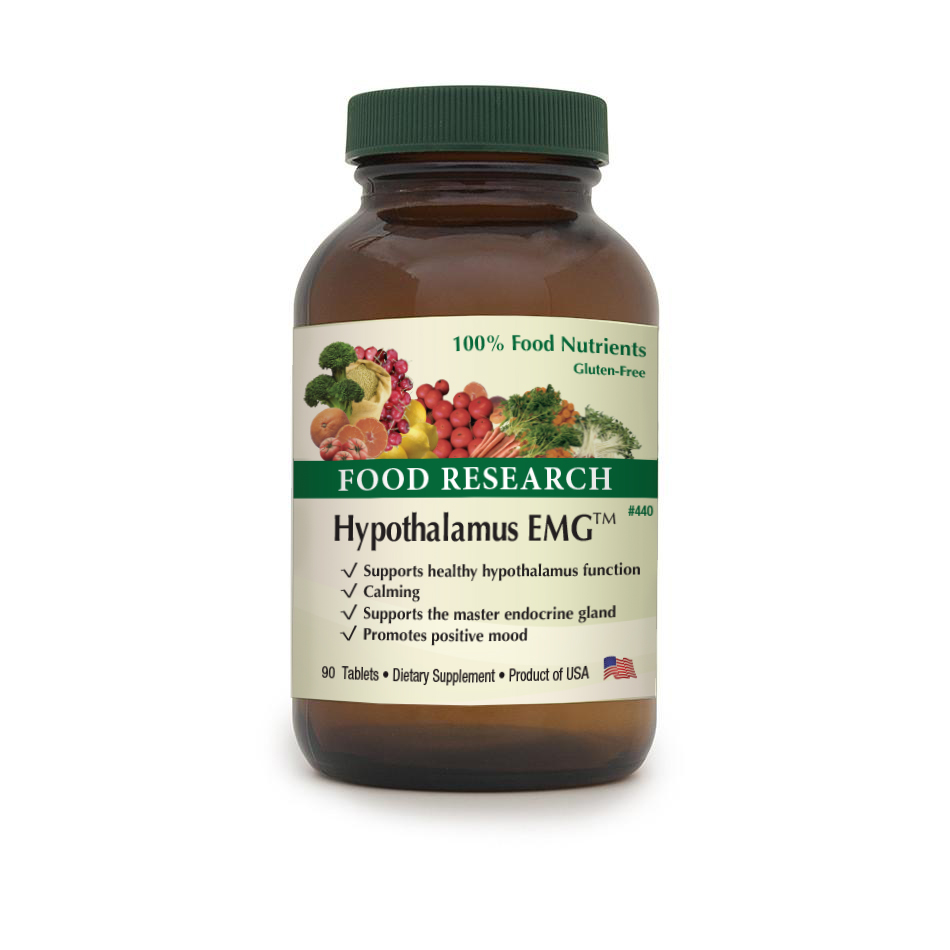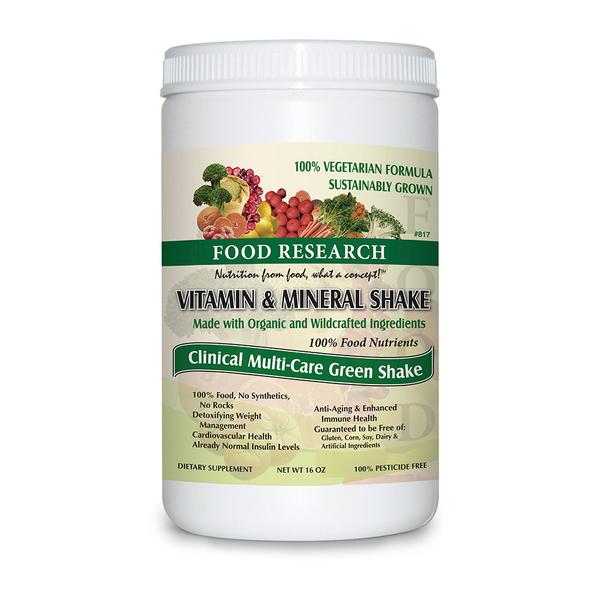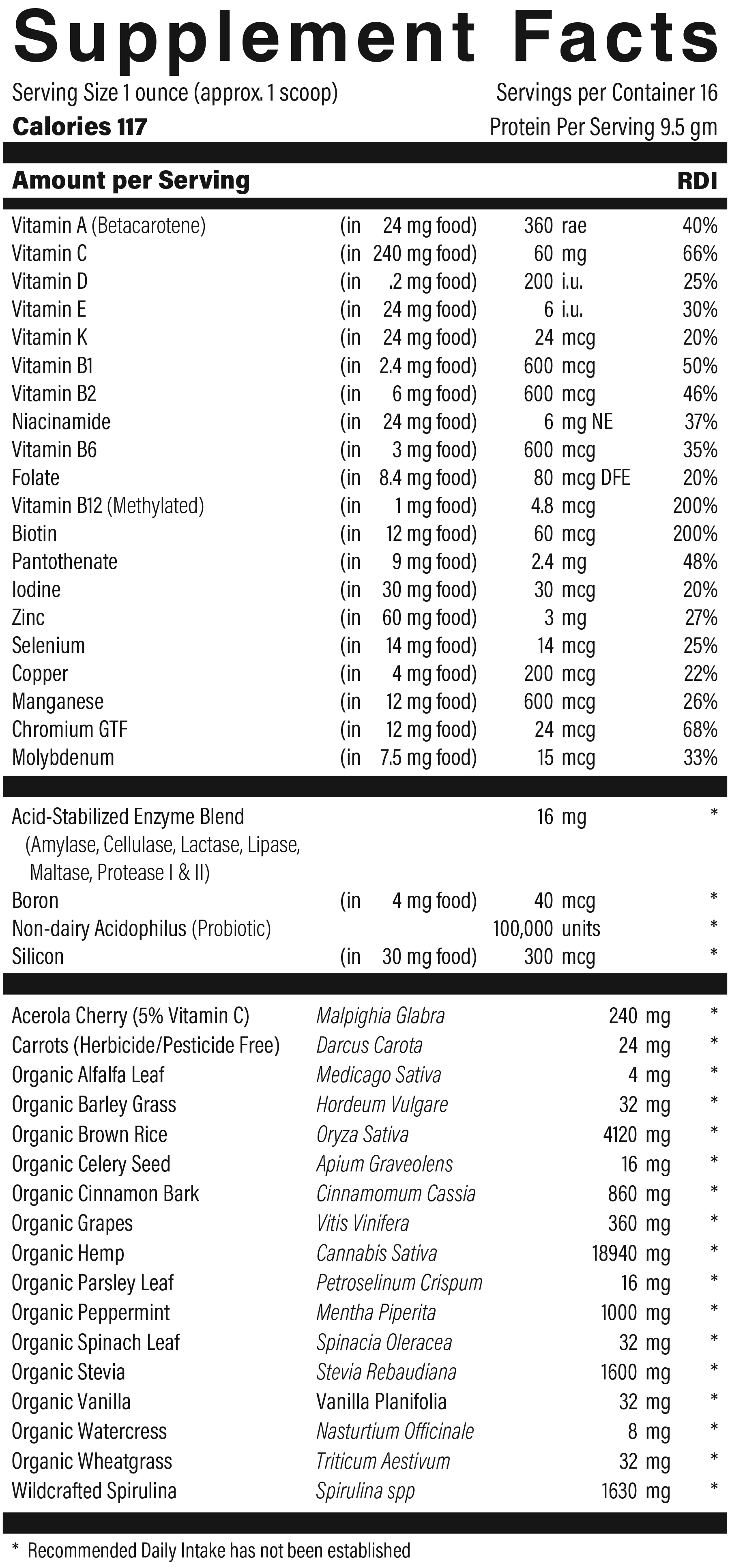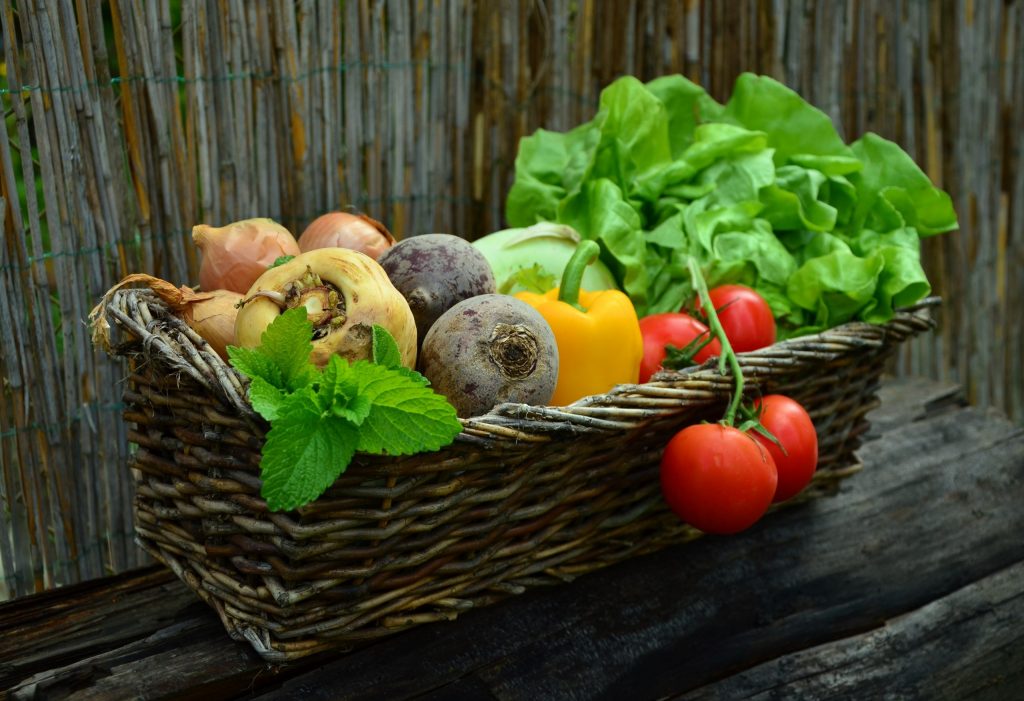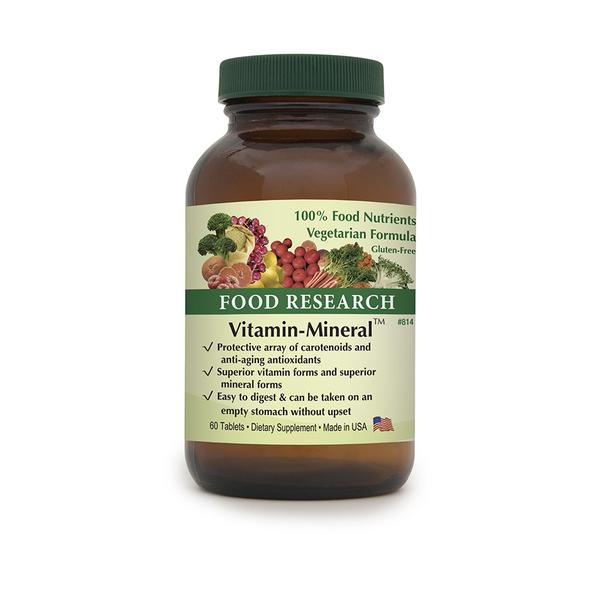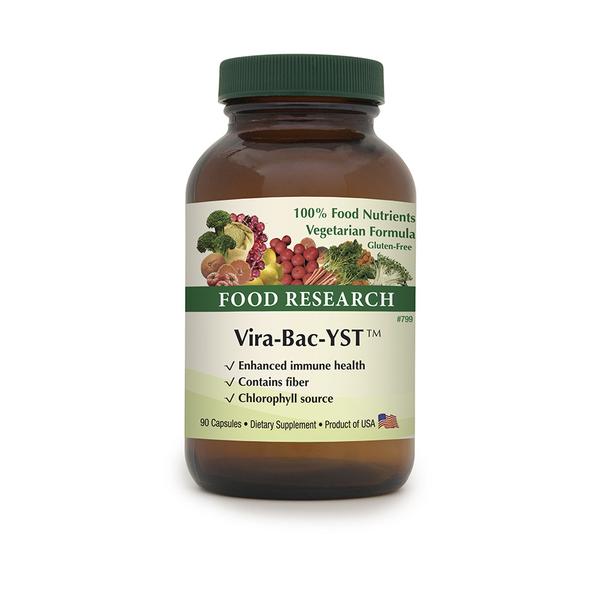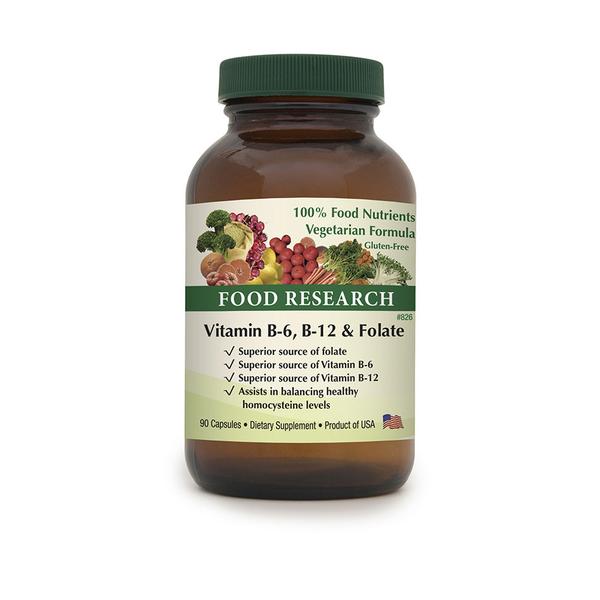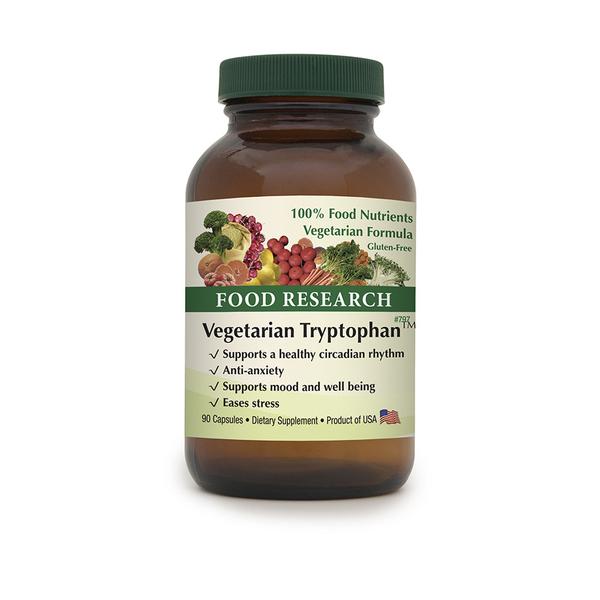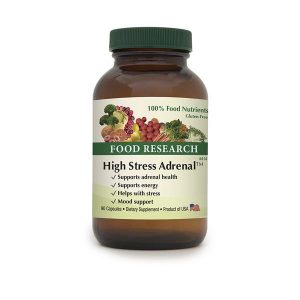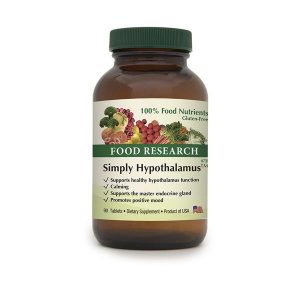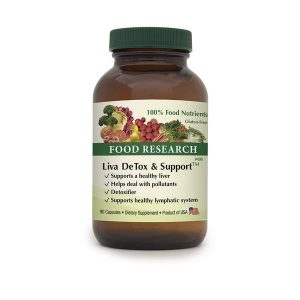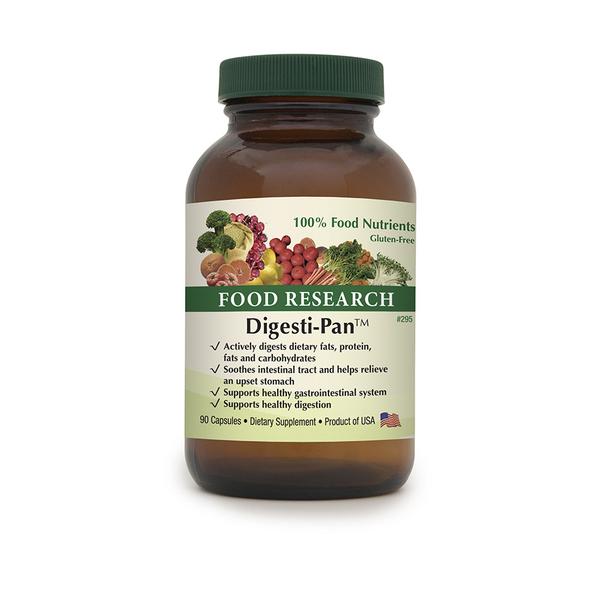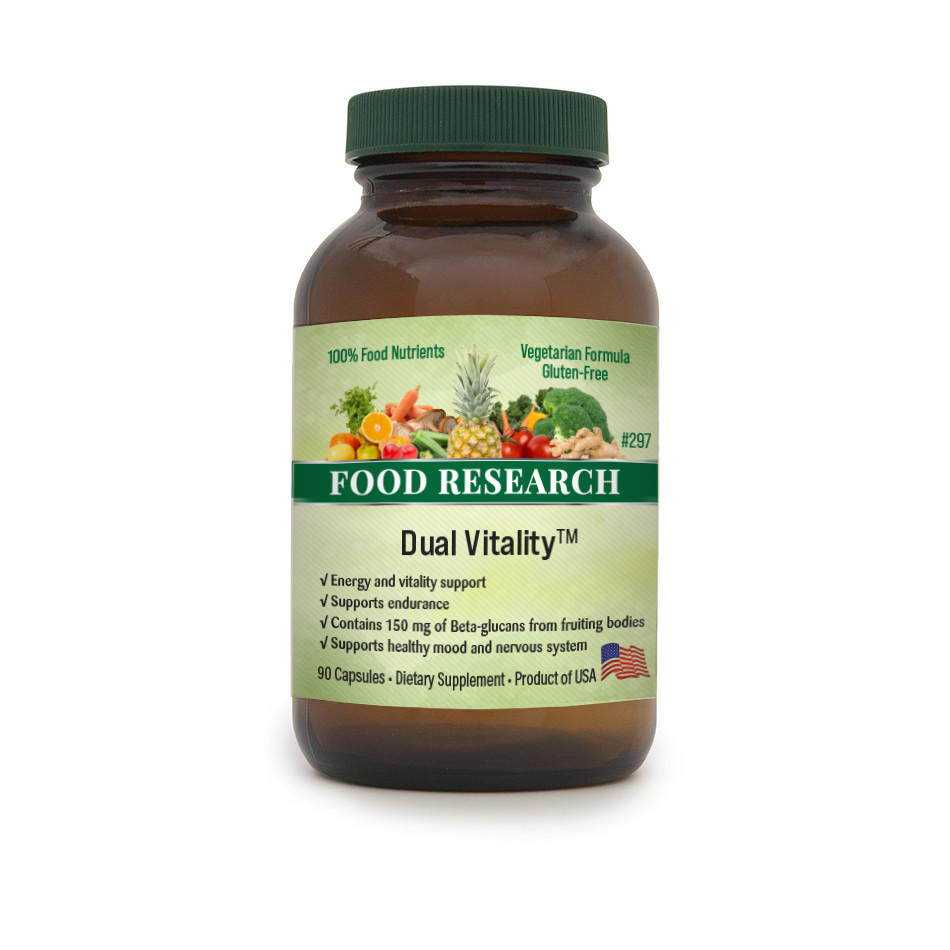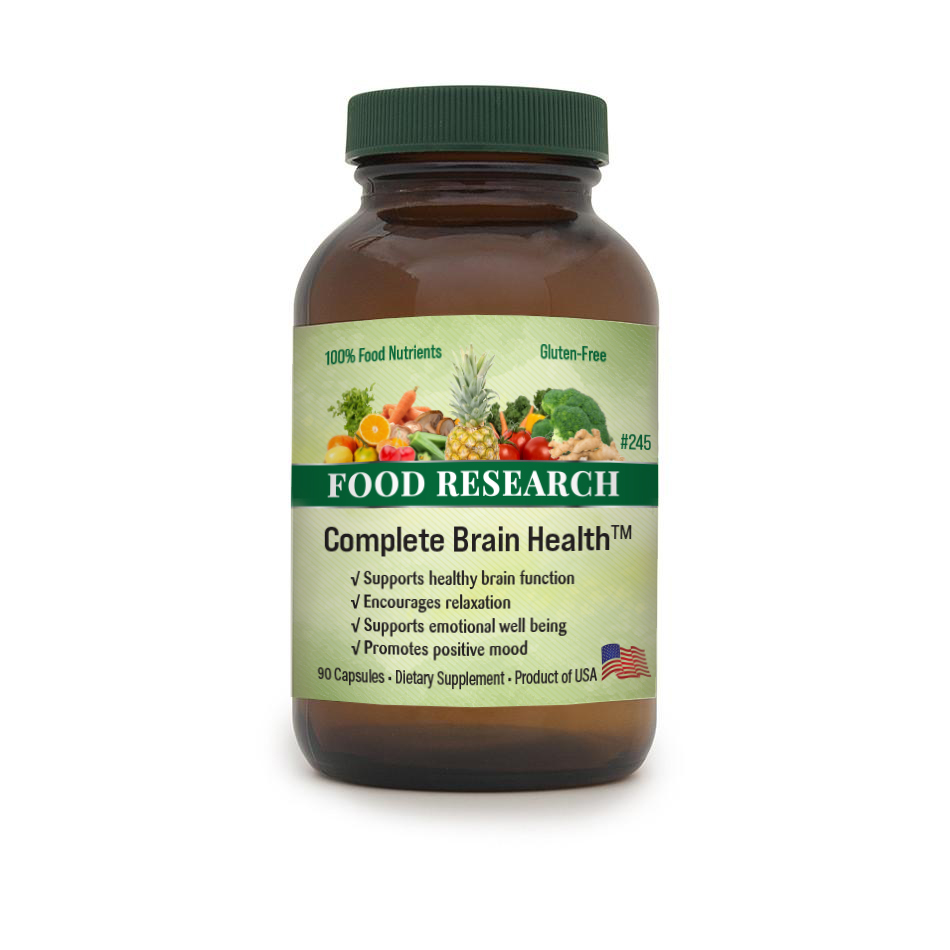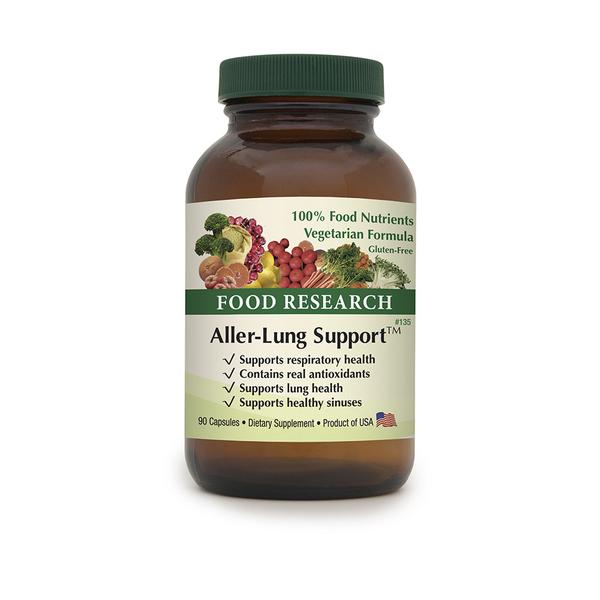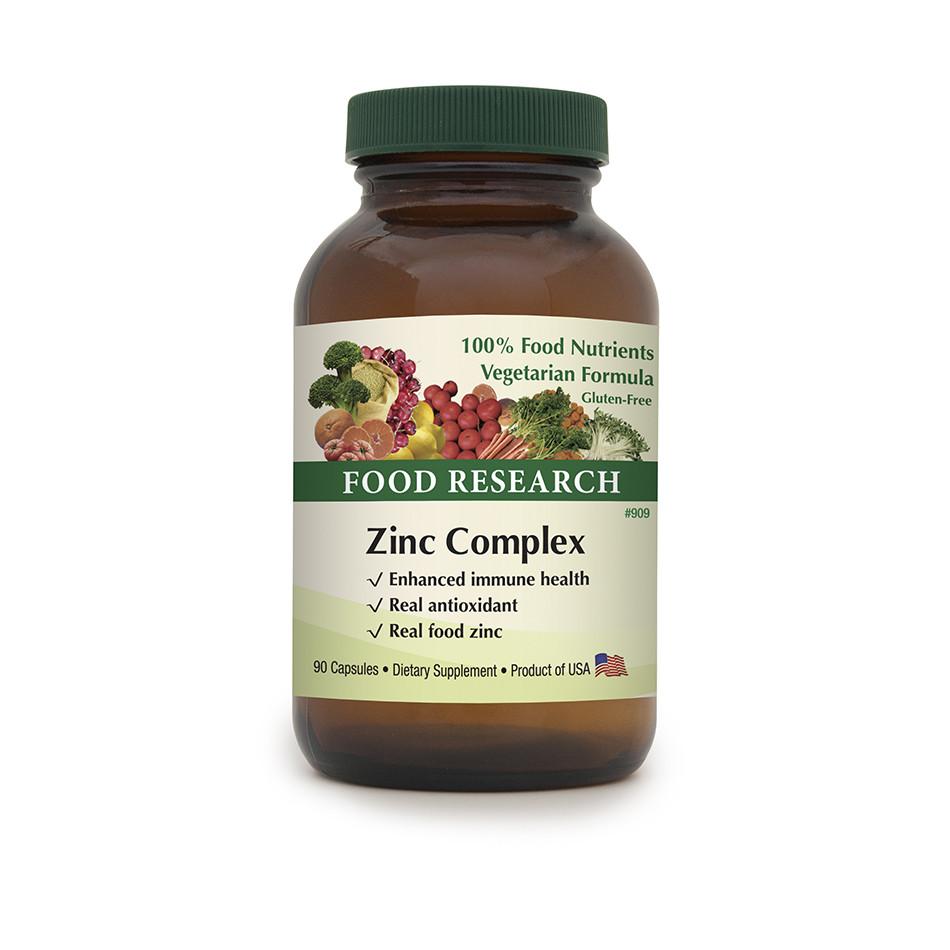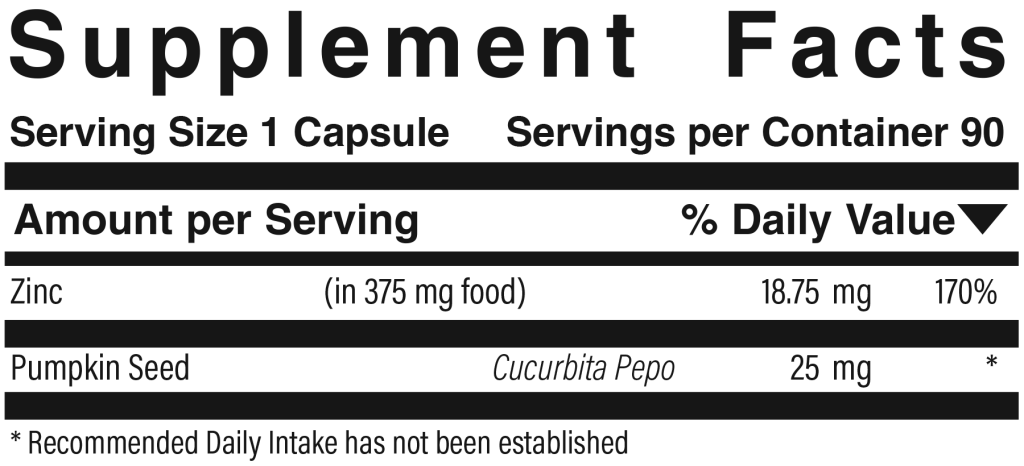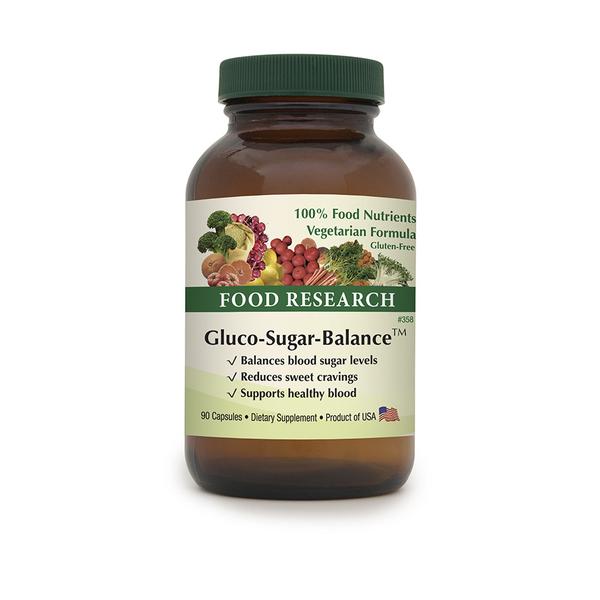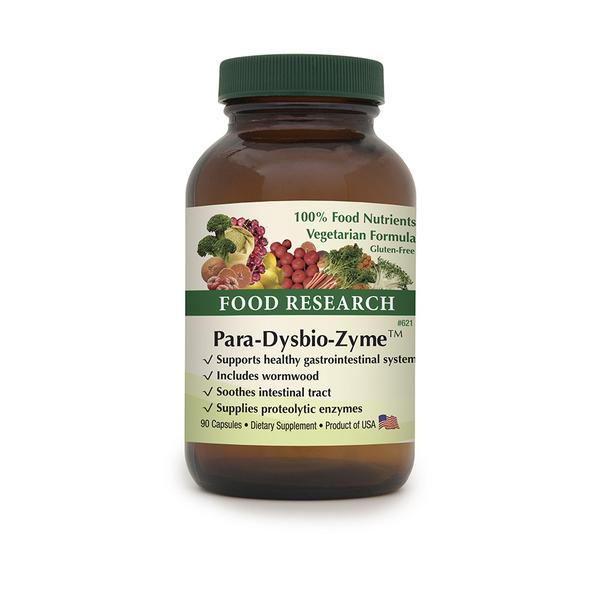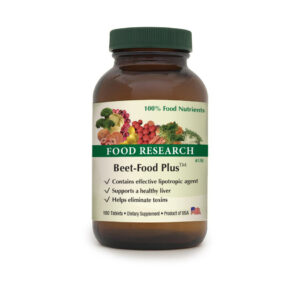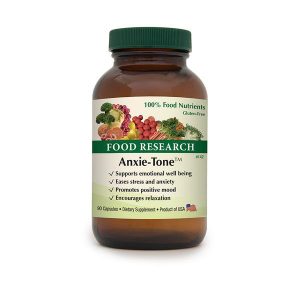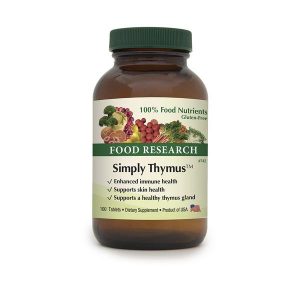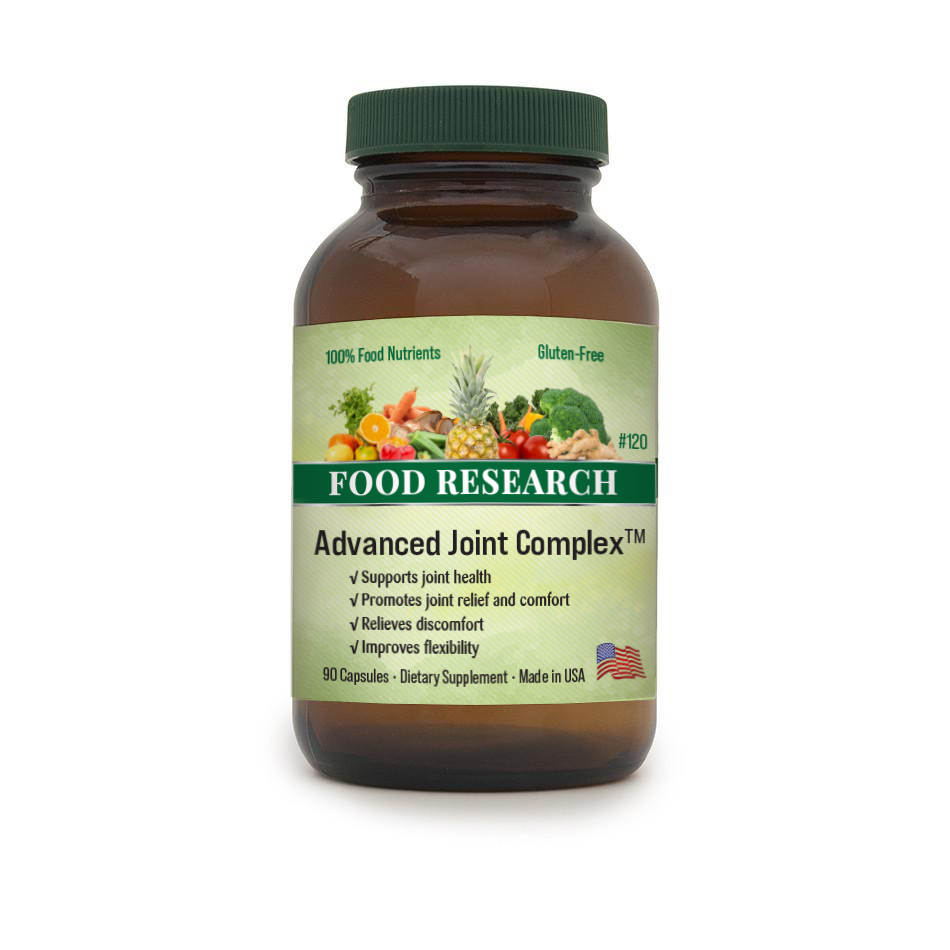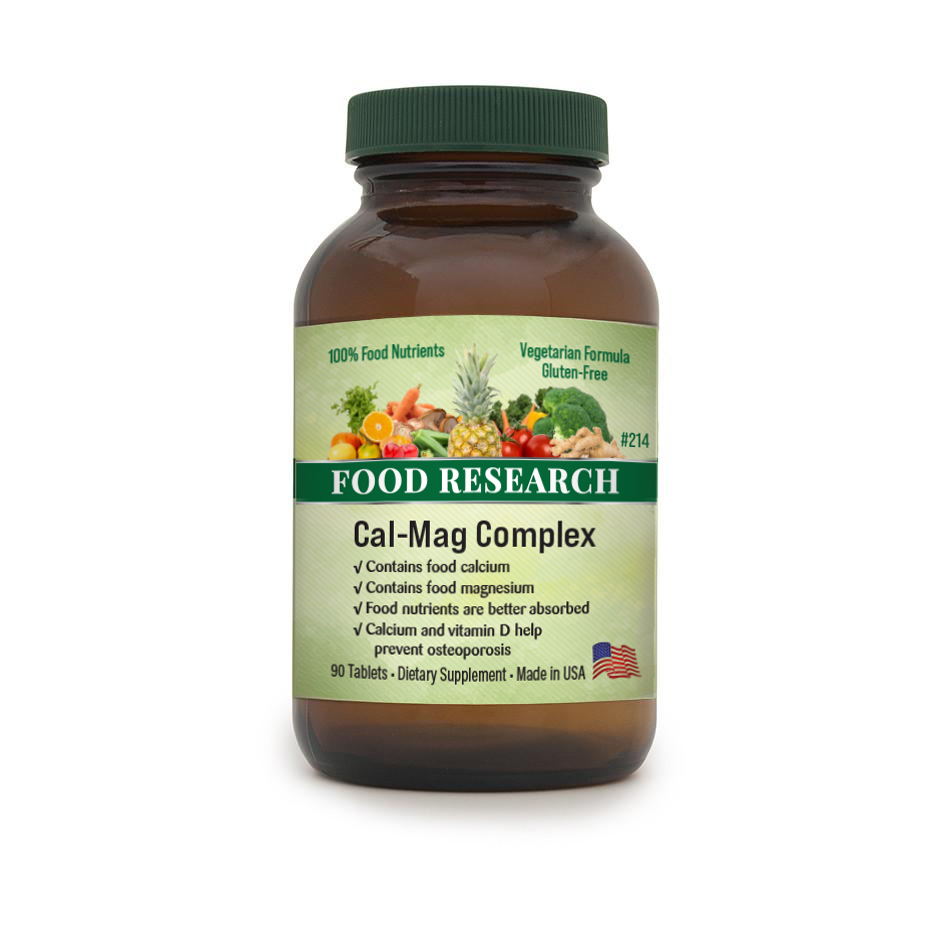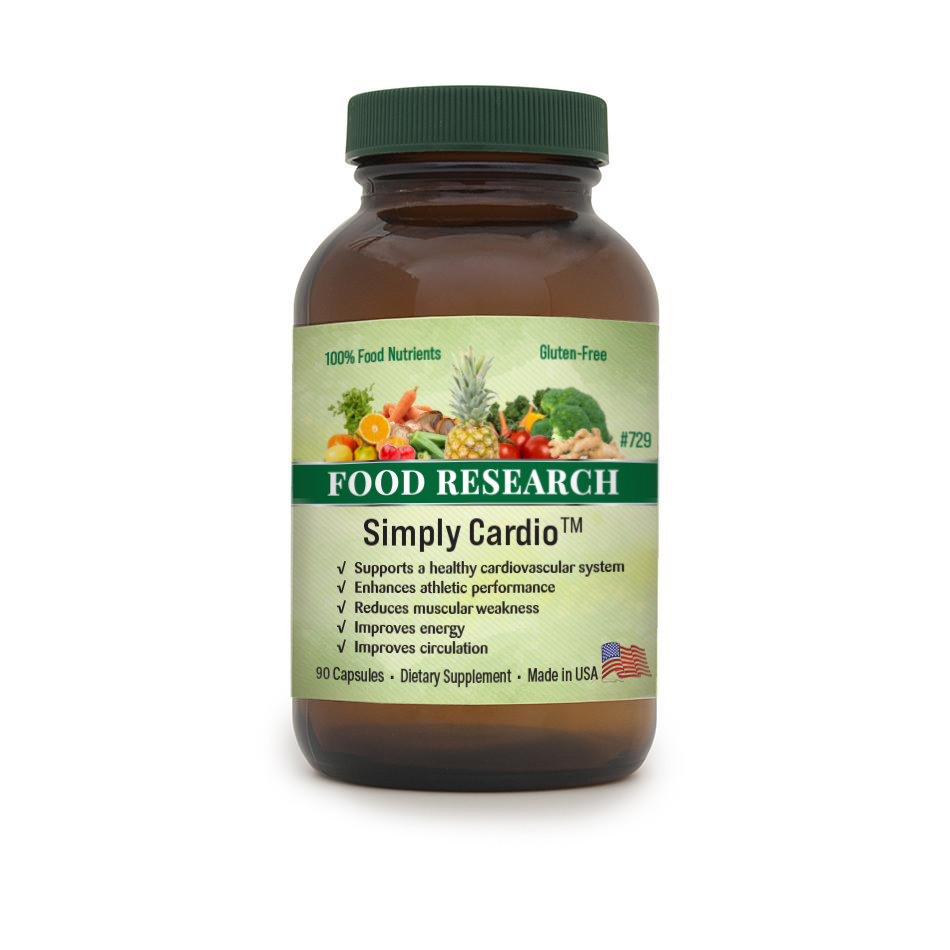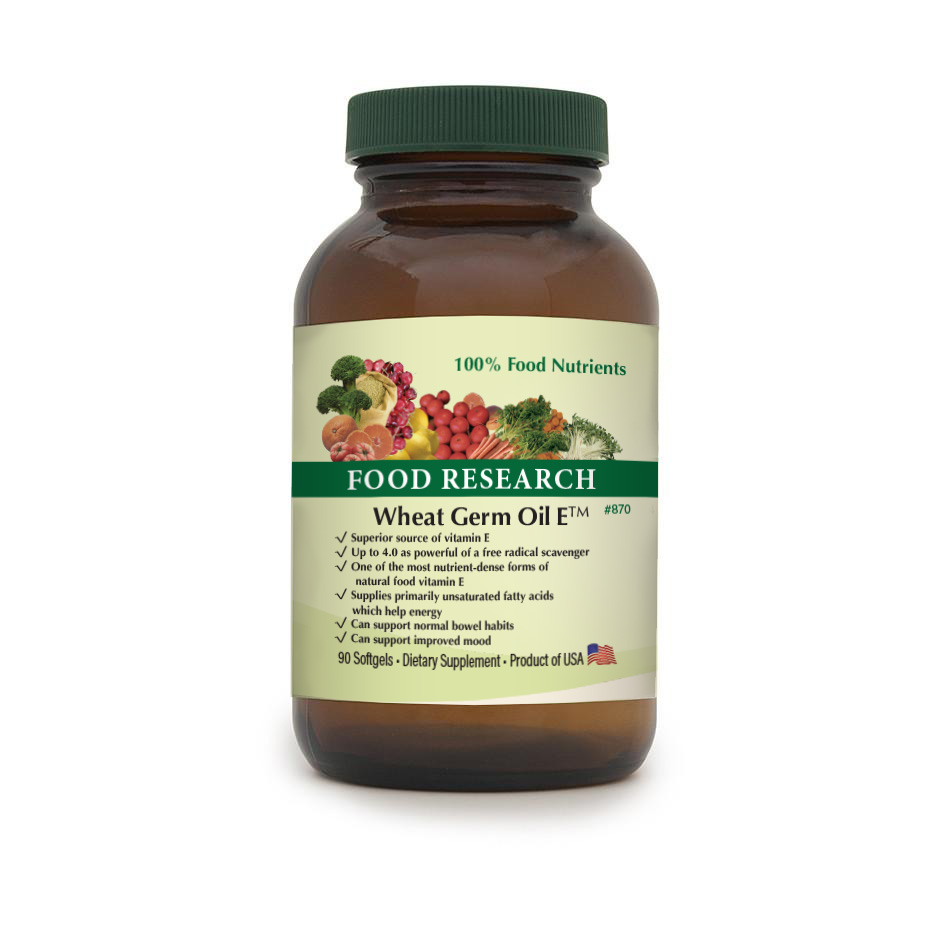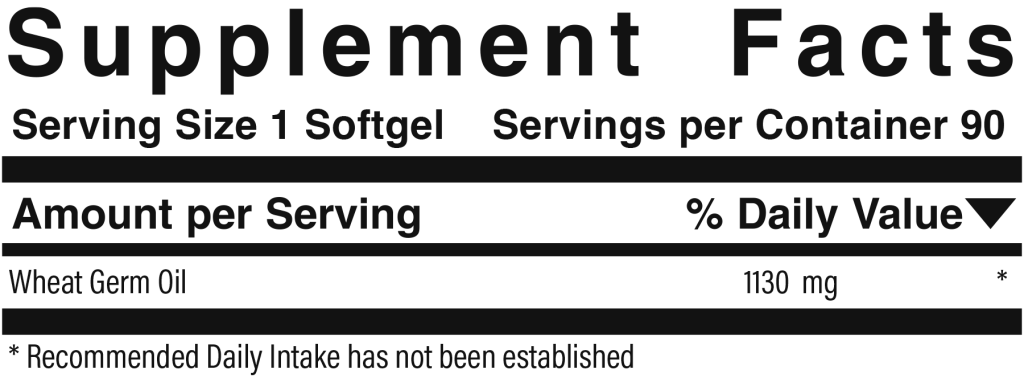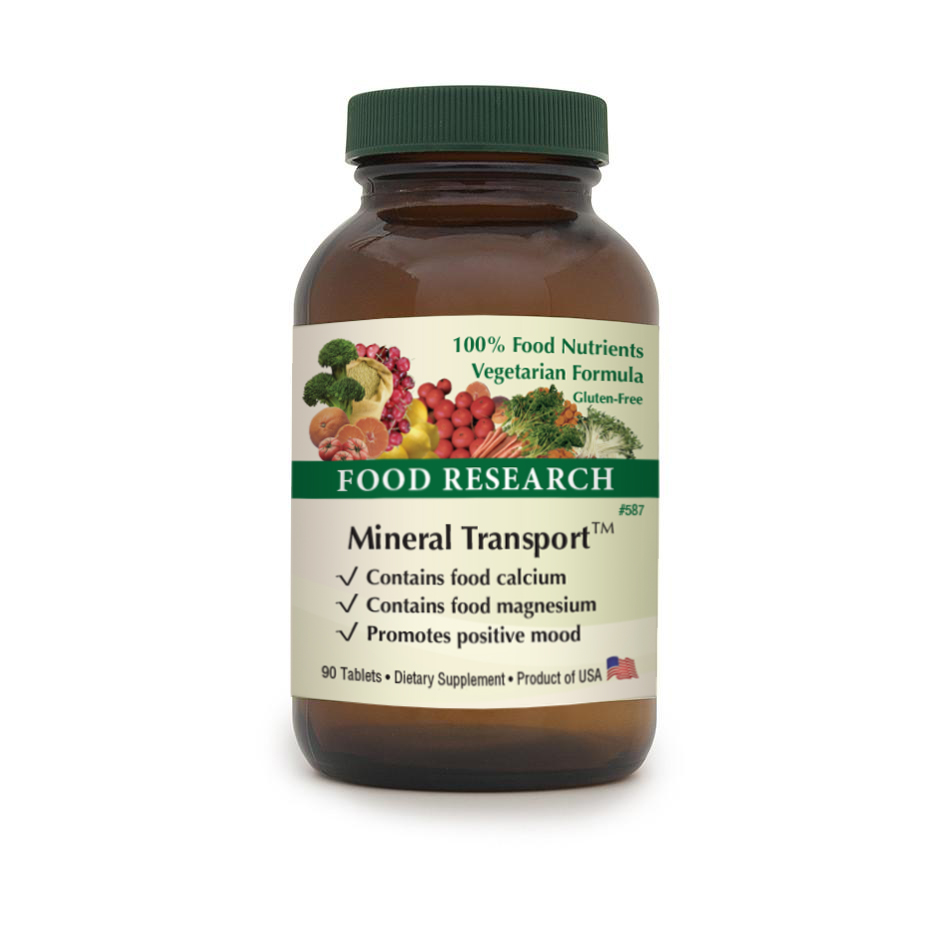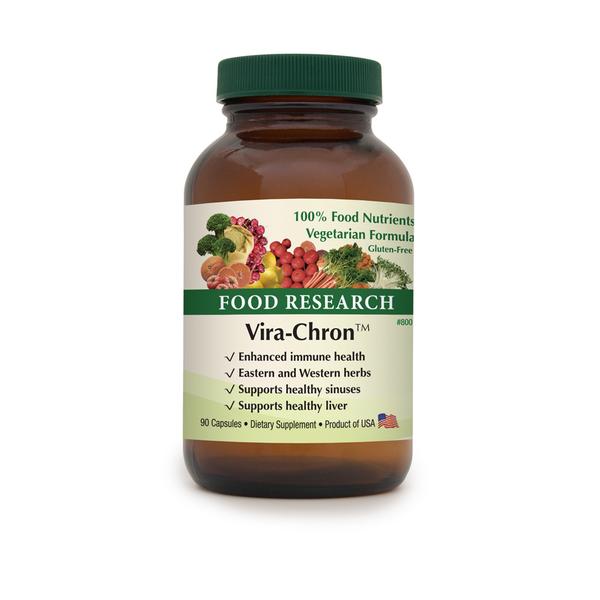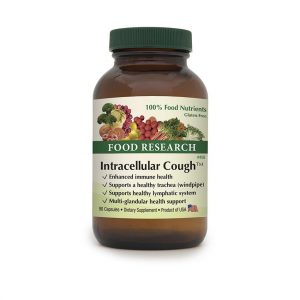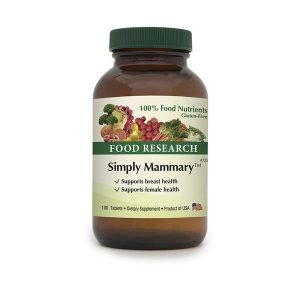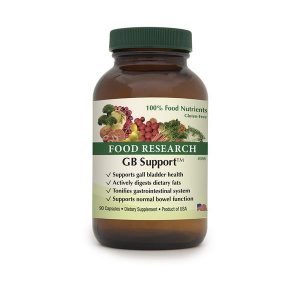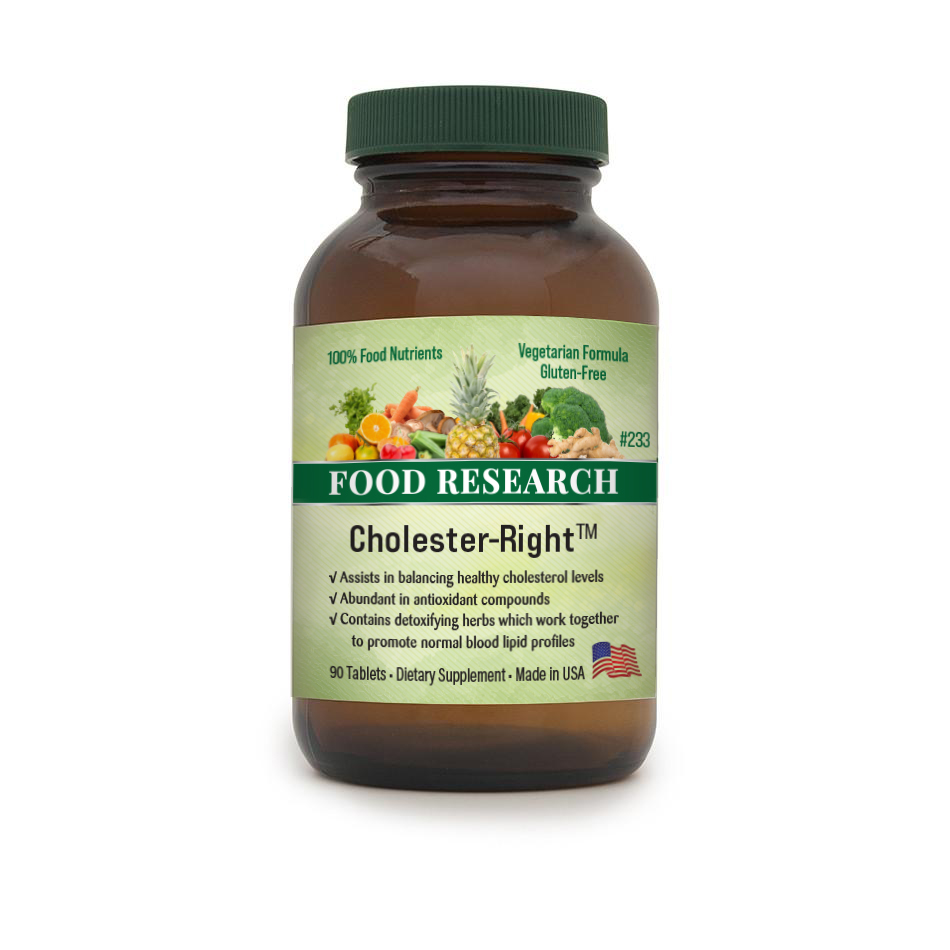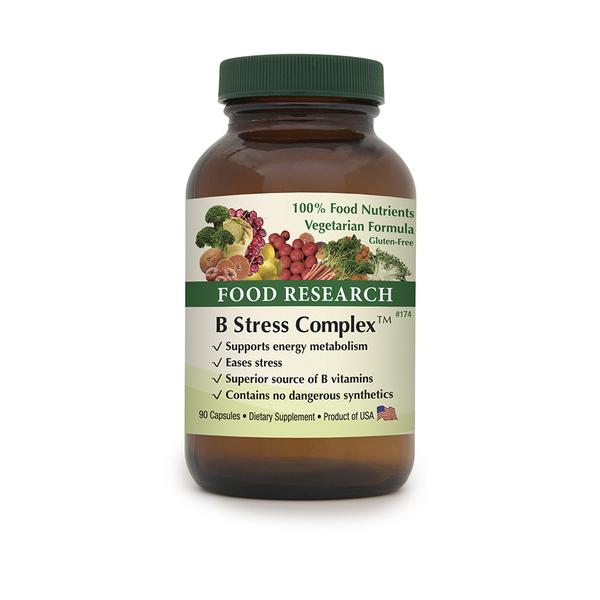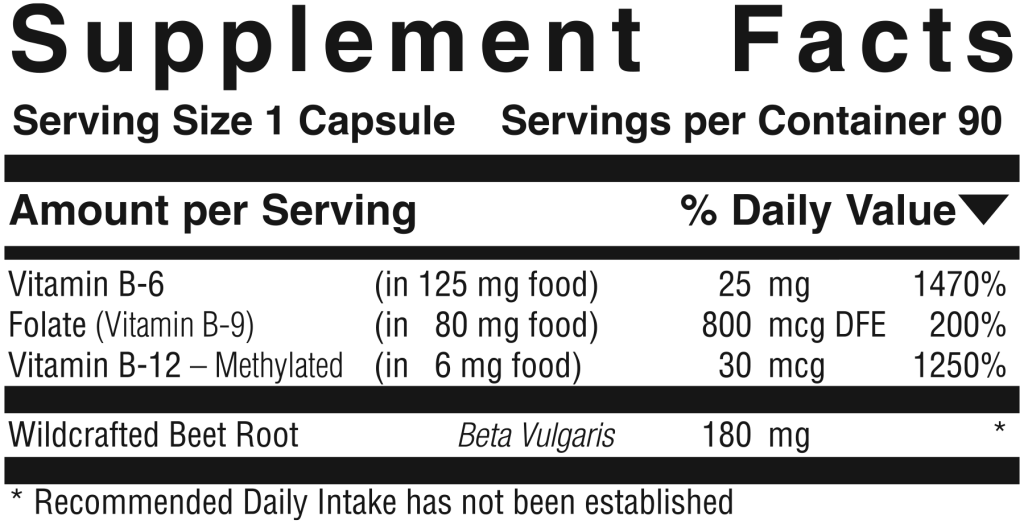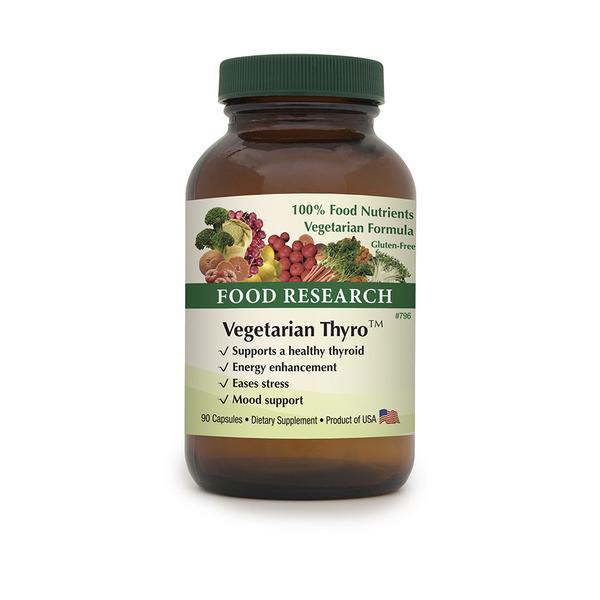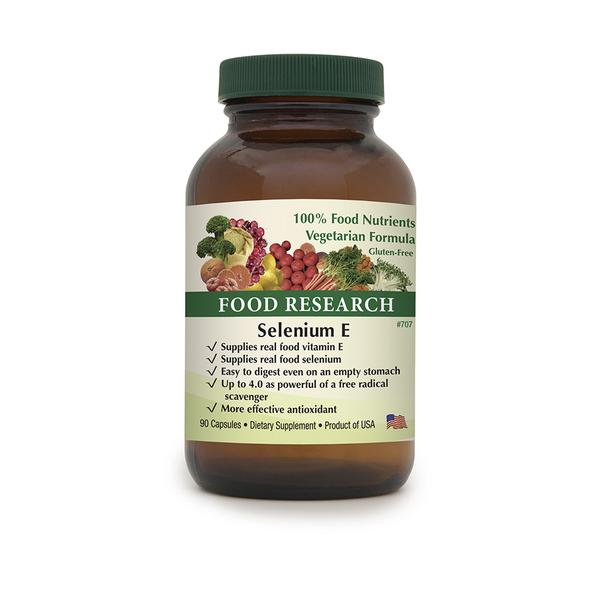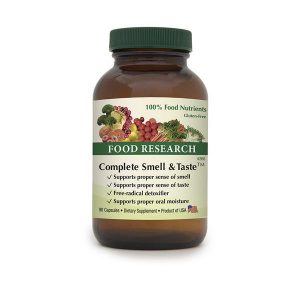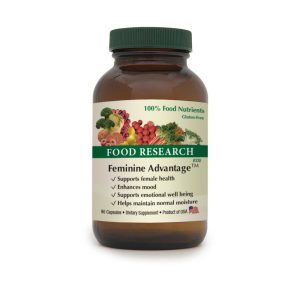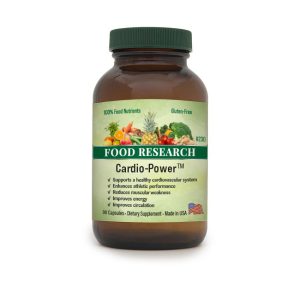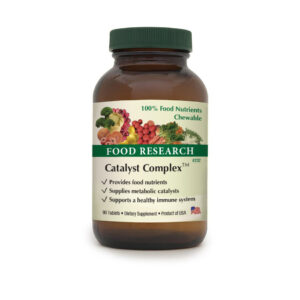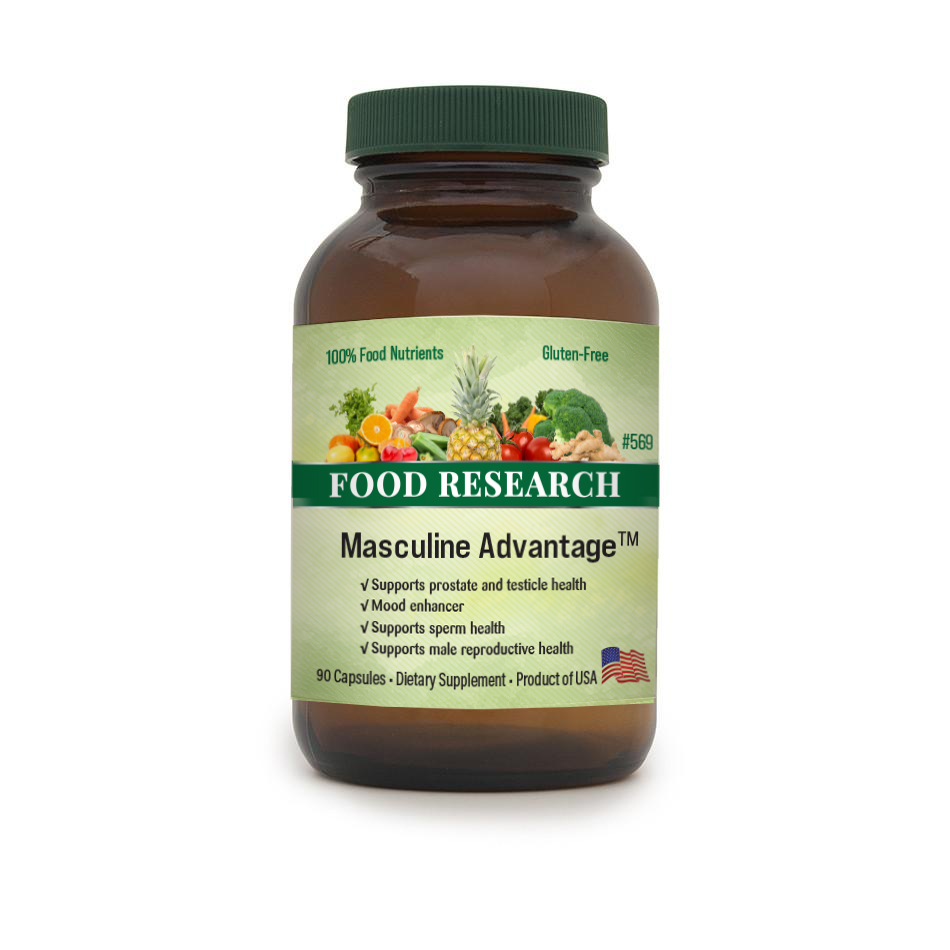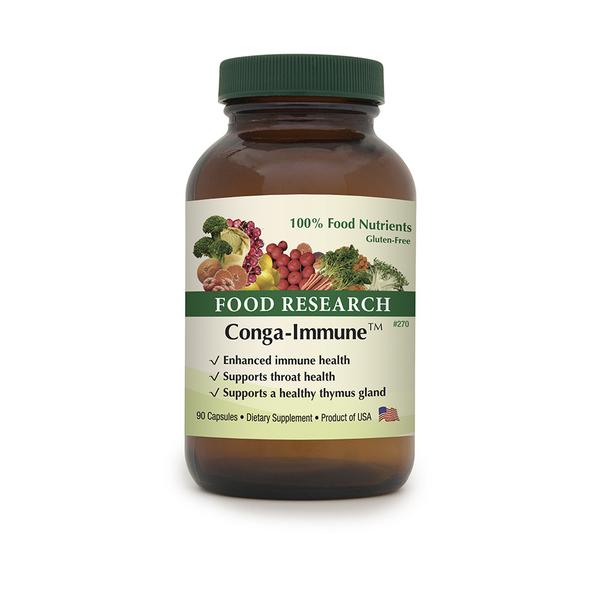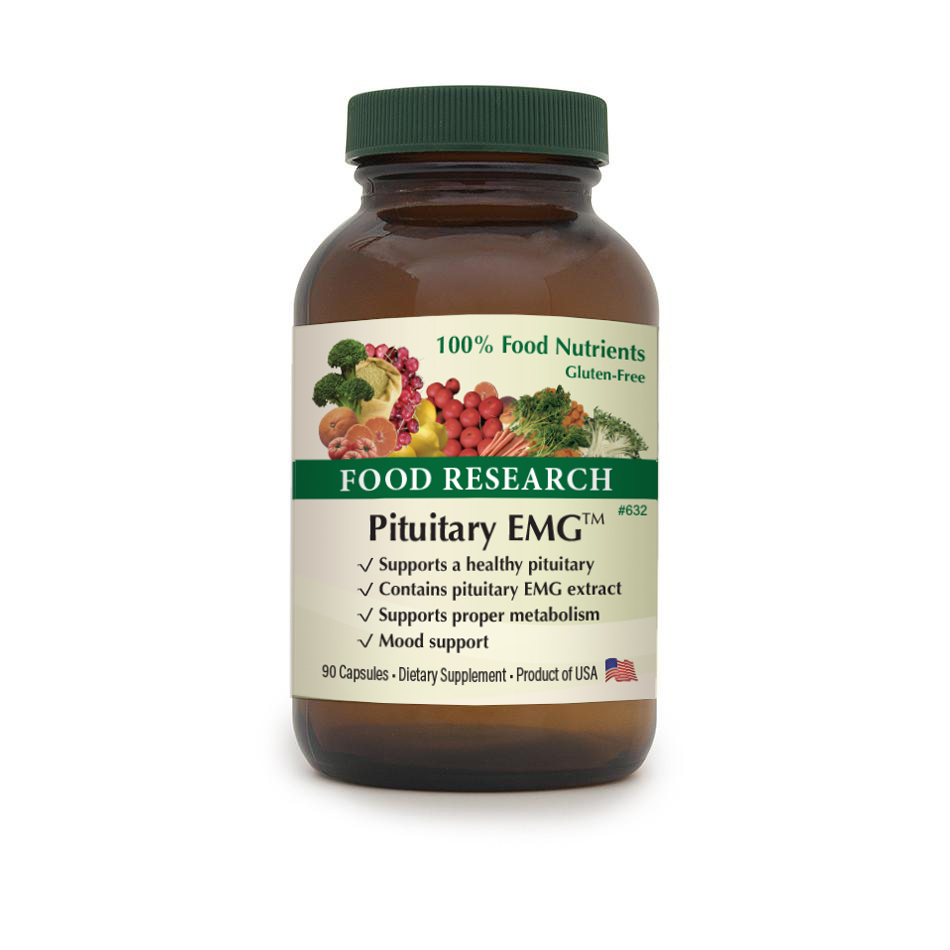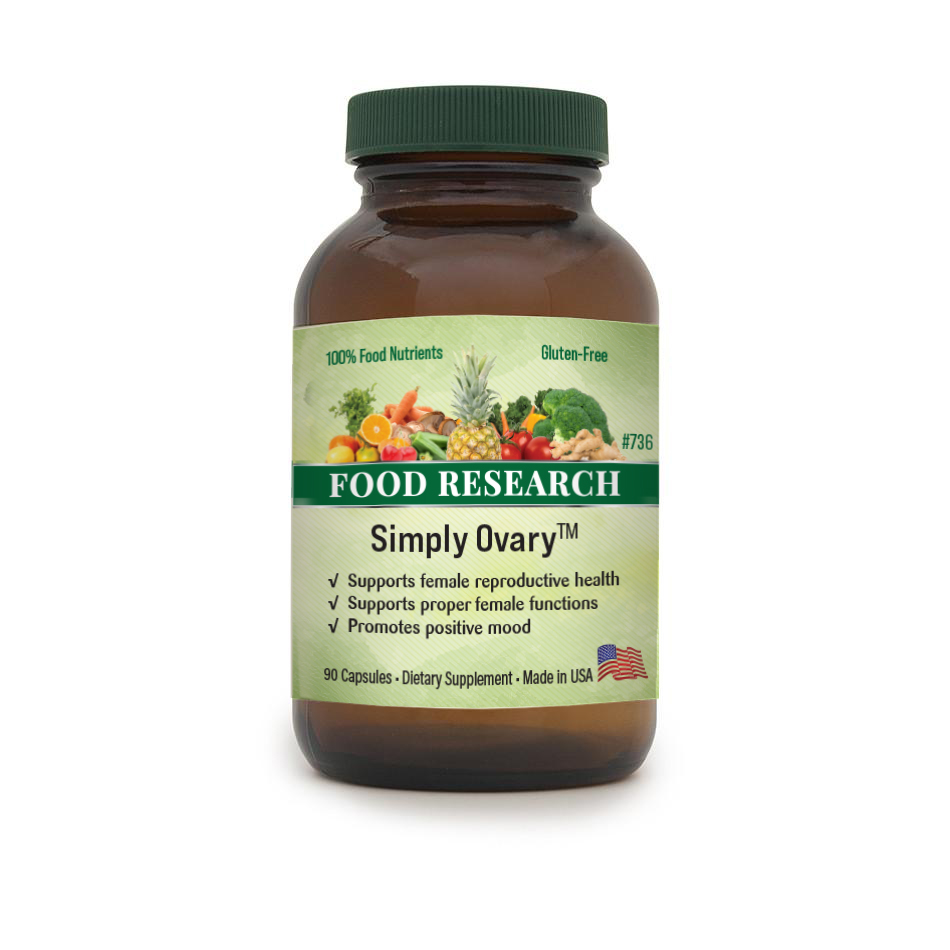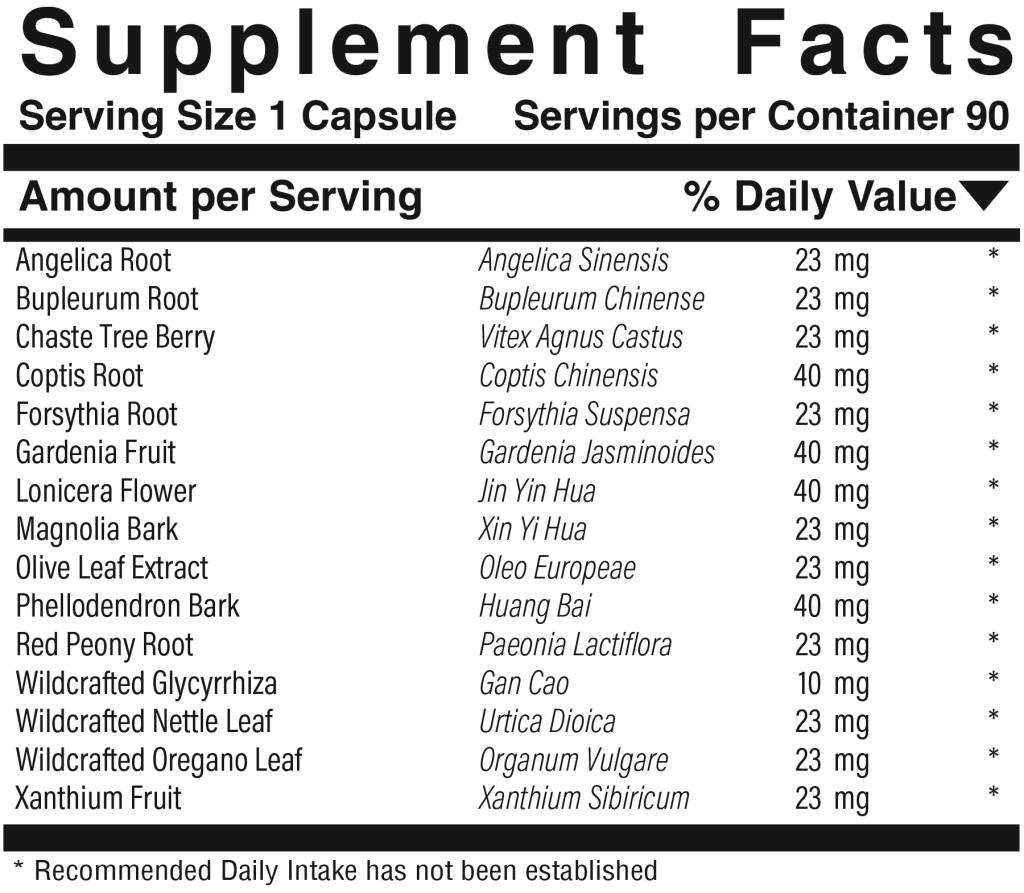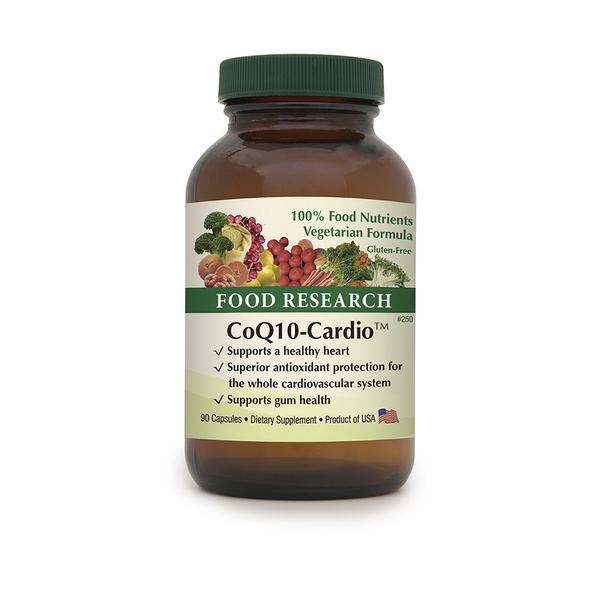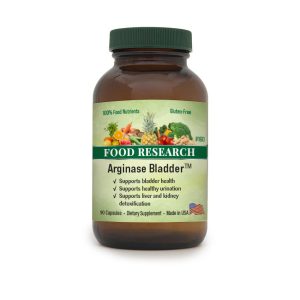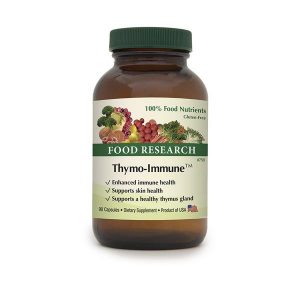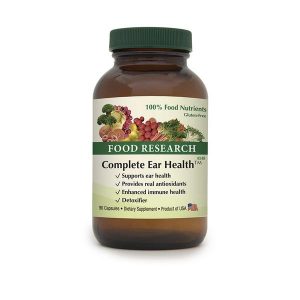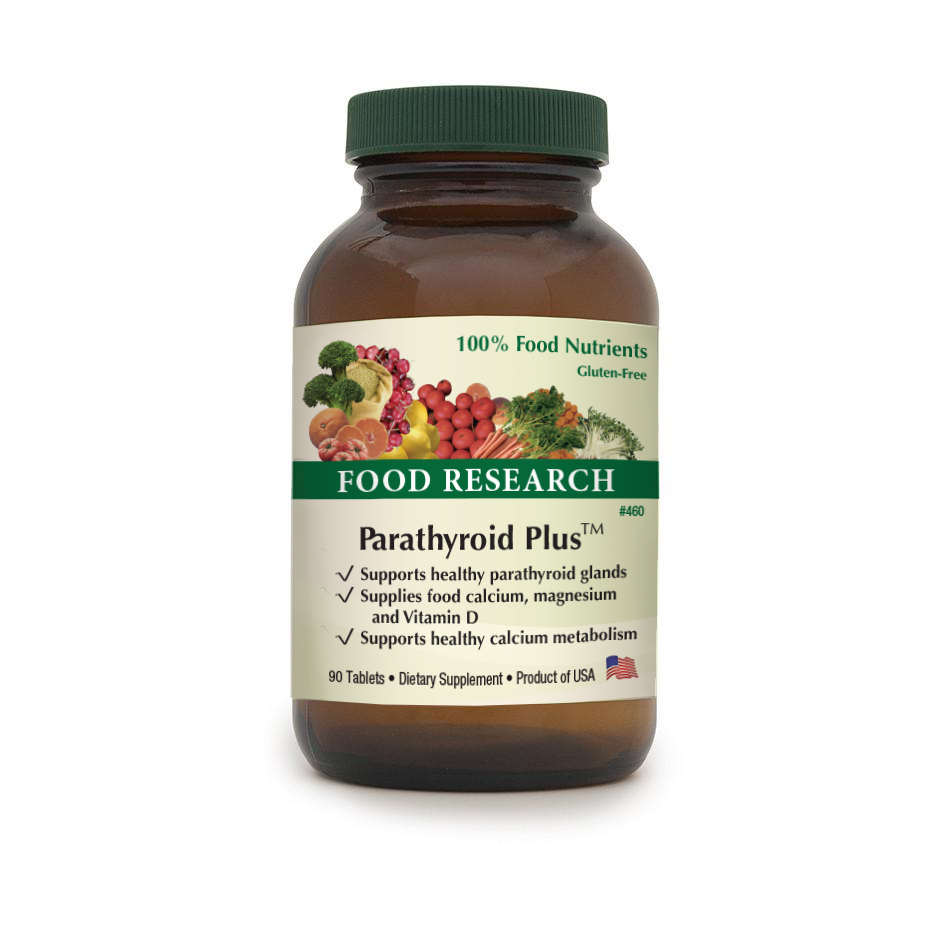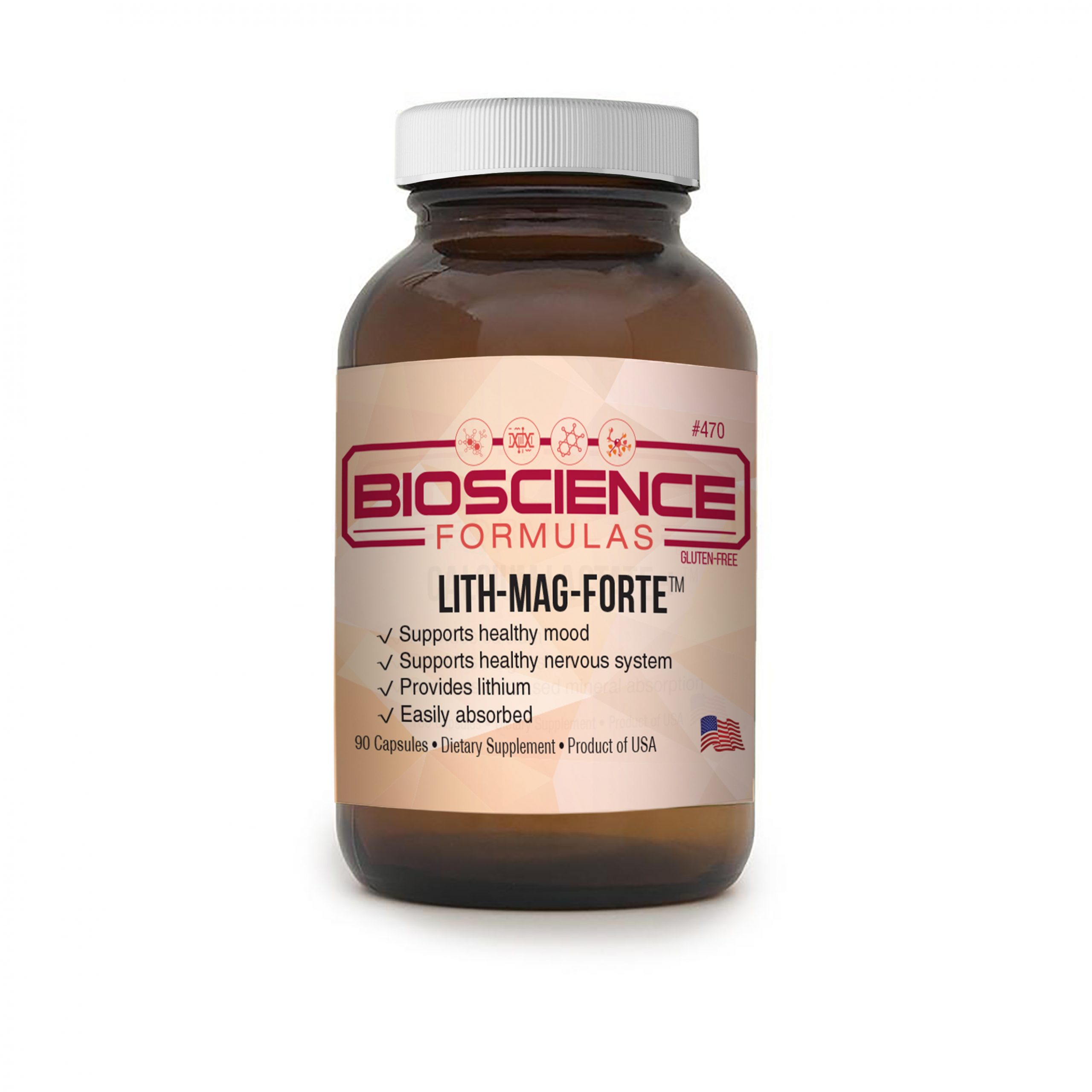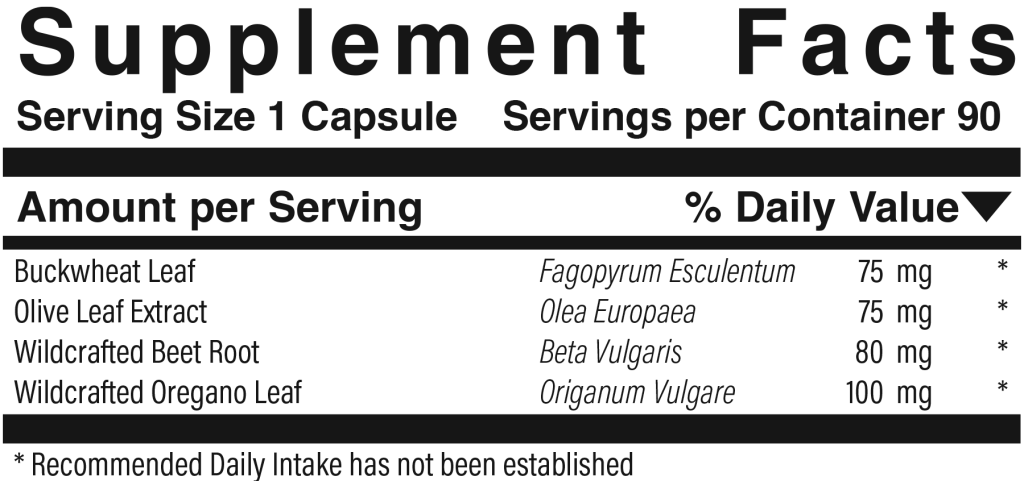- 805.489.7185
- doctorsfoodresearch@gmail.com
- Mon - Thu: 8:00 - 5:00PM • Fri: 8:00 - 4:00 PM (Pacific Time)
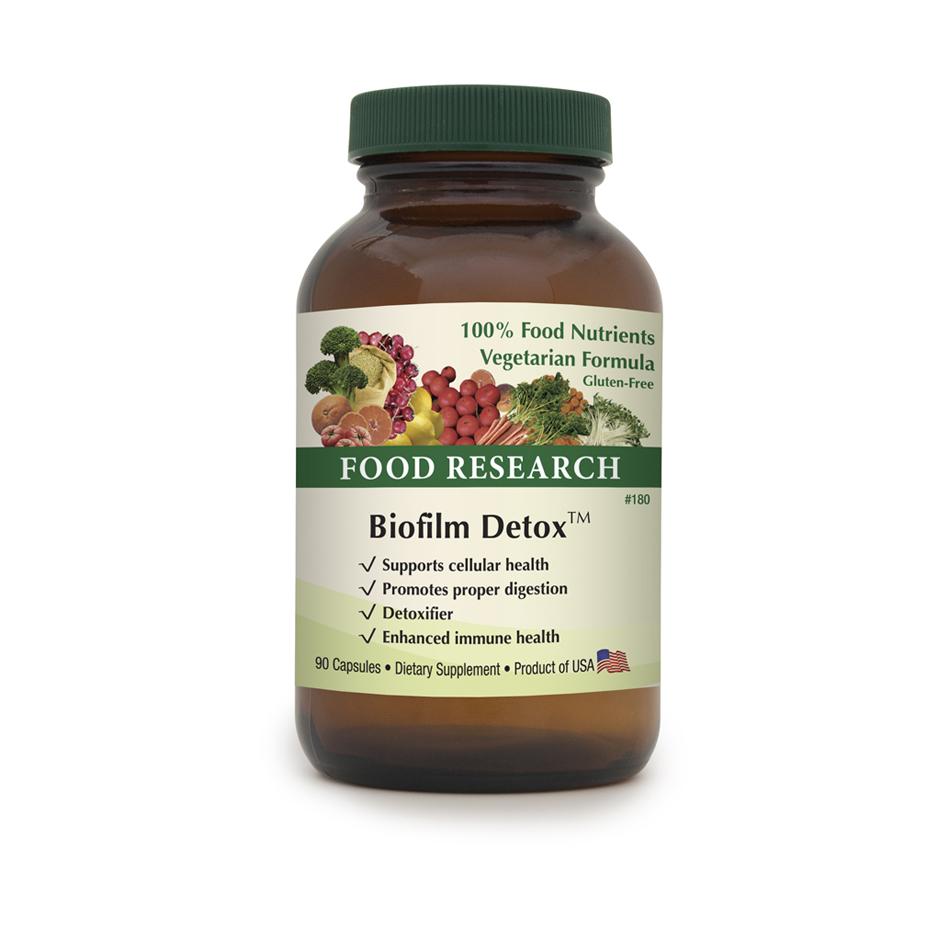
Product #180
Biofilm Detox™
Biofilm Detox™ is a 100% vegetarian FOOD supplement that supplies herbs and enzymes. These natural substances are intended to help the body rid itself of biofilms that certain pathogenic microorganisms sometimes thrive in.
90 Capsules • $57.98
Vegetarian Formula
Gluten-Free
Pareve Certified
Halal Certified
Have questions? Call by tapping below
- Supports cellular health
- Promotes proper digestion
- Detoxifier
- Enhanced immune health
Product Details
Biofilm Detox™ is a 100% vegetarian FOOD supplement that supplies herbs and enzymes.
Biofilm Detox™ naturally contains potassium, carbohydrates, lipids, proteins (including all ten essential amino acids), and protein chaperones as found in the listed foods.
Not Recommended During Pregnancy.
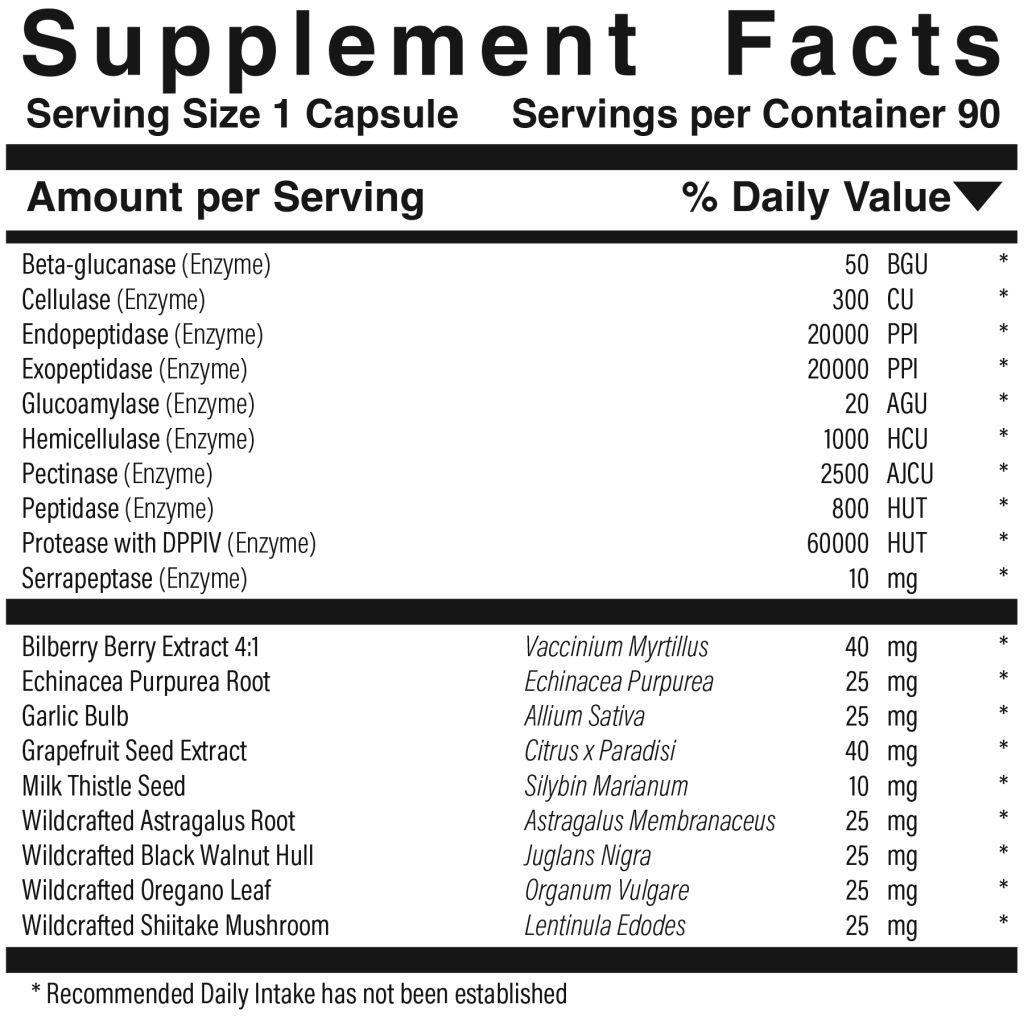
Other ingredients: Vegetarian (HPMC) Capsule.
Suggested use: Serving size or as recommended by your health care professional.
Adjust usage according to nutritional lifestyle requirements.
No Synthetic Nutrients • No Dairy • No Preservatives
* This is a nutritional product and not a medication intended to prevent, treat, or cure any illness. None of these statements has been approved by the US FDA or similar agencies. Not all citations meet peer-reviewed status so the statements are not conclusive. Professionals can, and do, disagree, regarding efficacy of ingredients in nutritional formulas.
Disclaimer: Some of these studies (or citations) may not confom to peer review standards. Therefore, the results are not conclusive. Profressionals can, and often do, come to different conclusions when reviewing scientific data. None of these statements have been reviewed by the FDA.
Food Research products are distributed exclusively
in the USA by Doctors’ Research, Inc.
Online Store for Healthcare Professionals
Call Us at (805) 489-7185 or Email Us at doctorsfoodresearch@gmail.com for more info.
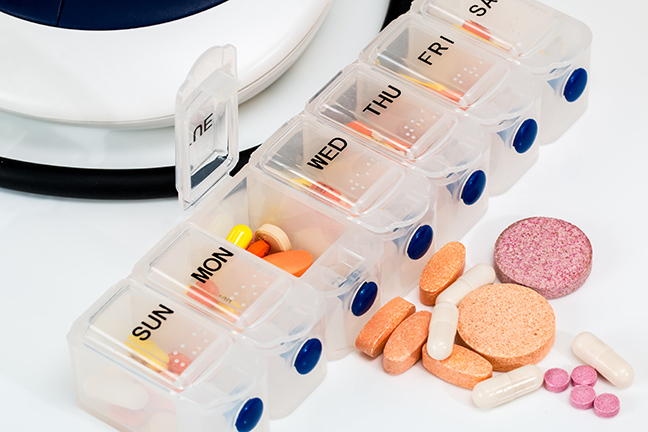
Why are Synthetics Sold as Imitations of Natural Foods and Drugs?
Adrenalin is an outstanding example of a synthetic product that is being commercialized in disregard of the difference in physiological action. The natural adrenalin is fifteen times as 35 active as the synthetic dextro form in its effect on blood vessels.
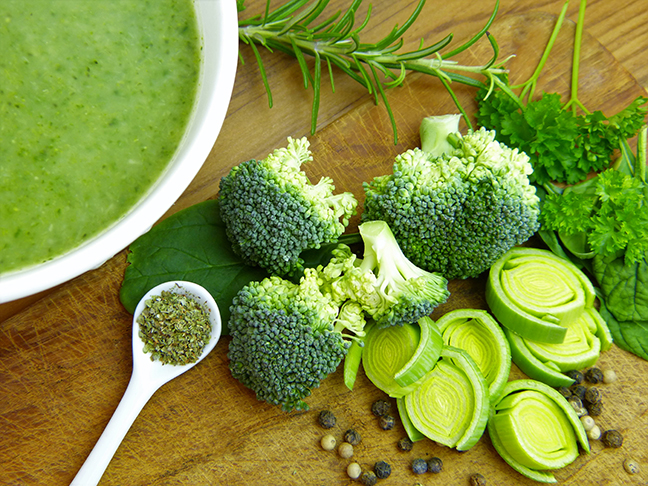
Folic Acid is Hazardous to Your Health
Folic acid gets a lot of press coverage. Few reports have mentioned that folic acid is unnatural, folic acid is synthetic, and that the body cannot properly convert much folic acid into a usable folate form.
BEST SELLERS!
-
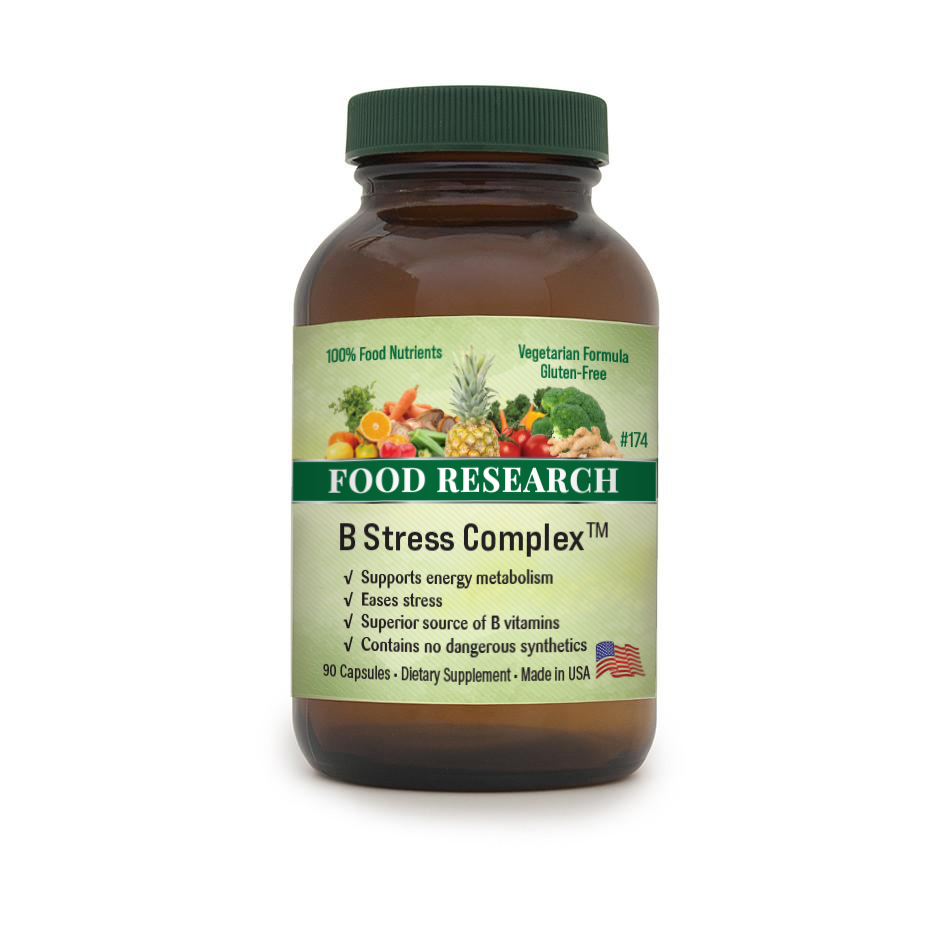 Vitamin-Mineral™ $40.00
Vitamin-Mineral™ $40.00Vitamin-Mineral™ (90 Tablets) is a 100% vegetarian FOOD supplement that is the best multi-vitamin, multi-mineral product available anywhere. Unlike some other claimed “ WHOLE FOOD” multi-formulas, it does not contain ANY isolate USP nutrients. 270 Tablets – $89.98
-
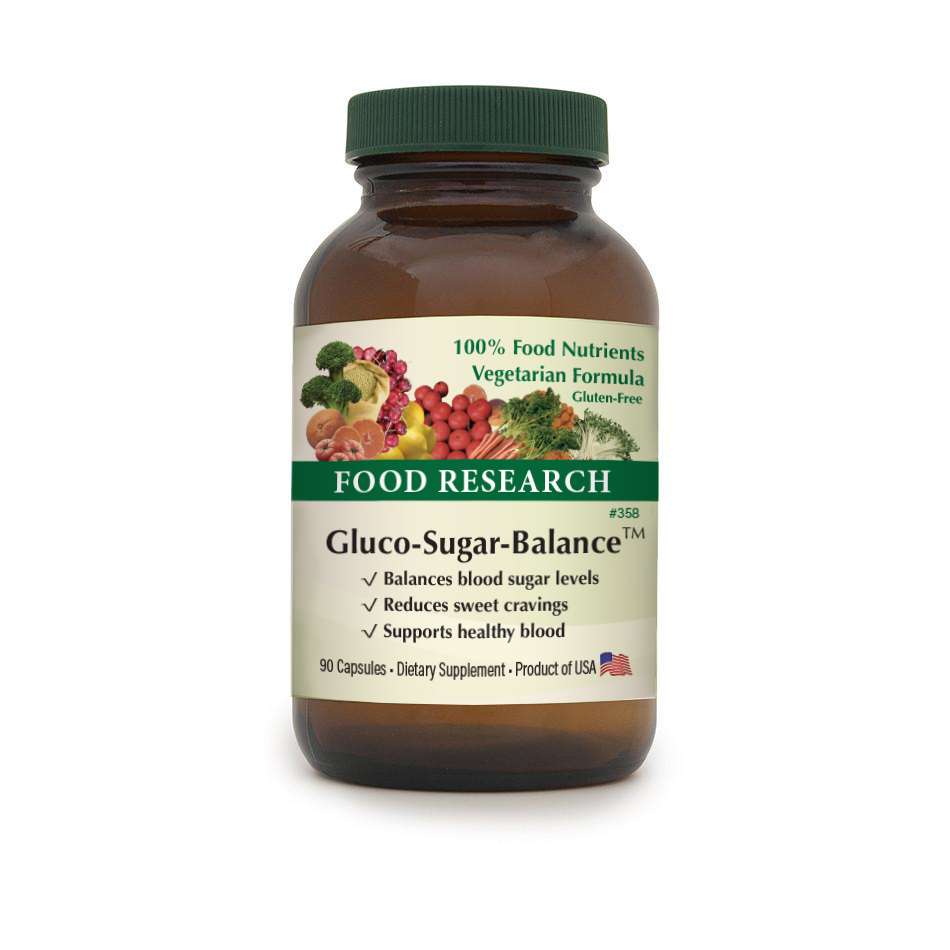 Gluco-Sugar-Balance™ $37.00
Gluco-Sugar-Balance™ $37.00Gluco-Sugar-Balance™ (90 Capsules) is a 100% vegetarian FOOD supplement intended to help support a healthy balance of glucose in the body. It contains minerals, such as Chromium GTF and vanadium, as well as herbs to nutritionally support the body’s blood sugar systems.
-
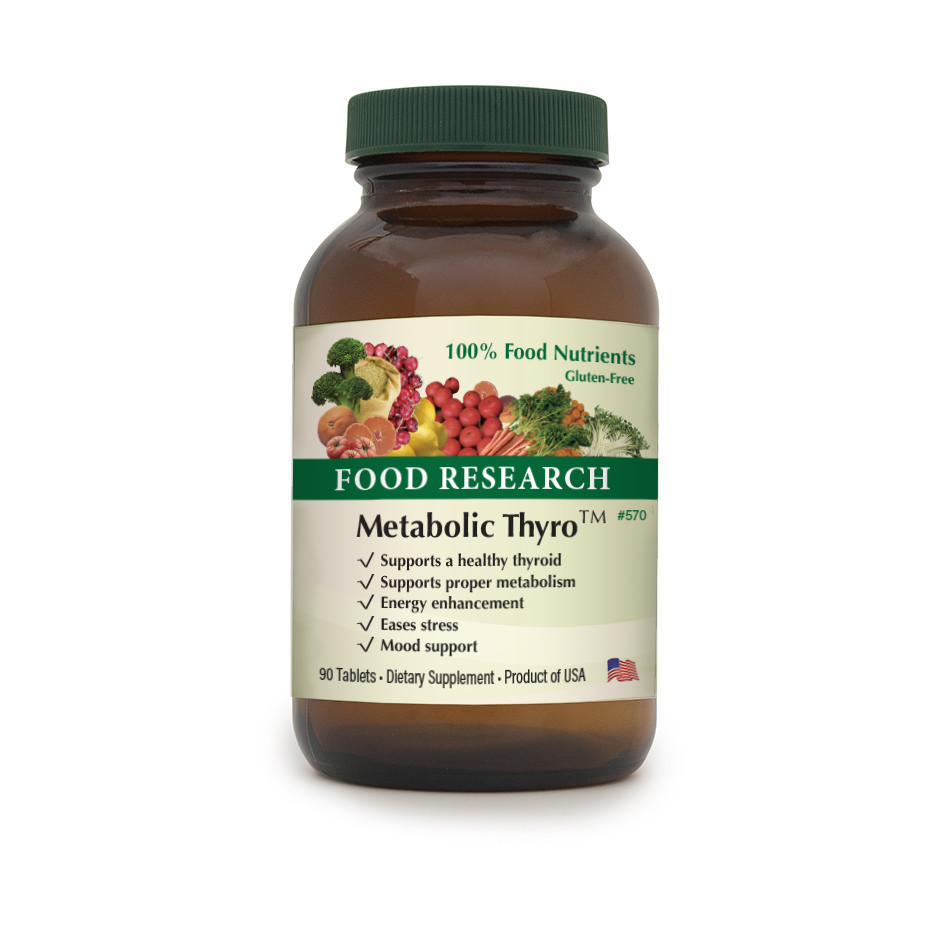 Metabolic Thyro™ $28.00
Metabolic Thyro™ $28.00Metabolic Thyro™ (90 Tablets) is a 100% FOOD supplement that is intended to supply nutrients, glandulars, and herbs needed to maintain and support optimal thyroid health. It is made up of naturally-iodine containing kelp, plant source l-tyrosine, and bovine glandulars.
-
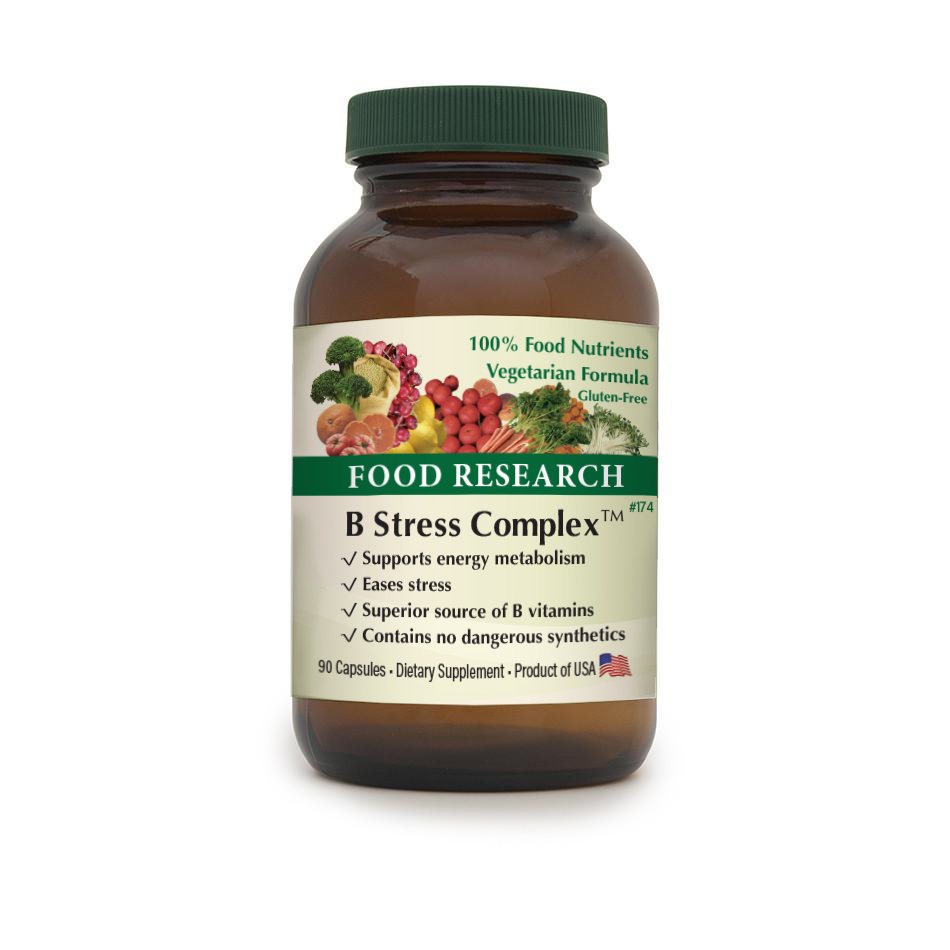 B Stress Complex™ $40.00
B Stress Complex™ $40.00B Stress Complex™ (90 Capsules) is a 100% vegetarian FOOD supplement that is intended to supply 100% FOOD B vitamins. Unlike certain so called “whole food” B vitamin sources, it does not contain isolated USP niacinamide, pyridoxine hydrochloride, or any isolated “nutrients”.
More Products
Vegetarian
Glandular
VITAMINS & MINERALS
No Synthetic Nutrients  •  No Dairy  •  No Preservatives
* This is a nutritional product and not a medication intended to prevent, treat, or cure any illness. None of these statements has been approved by the US FDA or similar agencies. Not all citations meet peer-reviewed status so the statements are not conclusive. Professionals can, and do, disagree, regarding efficacy of ingredients in nutritional formulas.
Disclaimer: Some of these studies (or citations) may not confom to peer review standards. Therefore, the results are not conclusive. Profressionals can, and often do, come to different conclusions when reviewing scientific data. None of these statements have been reviewed by the FDA.
This site provides information for doctors and health care professionals and is not intended for use by consumer.
Photos and Images are all used by permission from Pixabay.com & Pexels.com except for those that are Owned and Copyrighted by Doctors’ Research, Inc.

